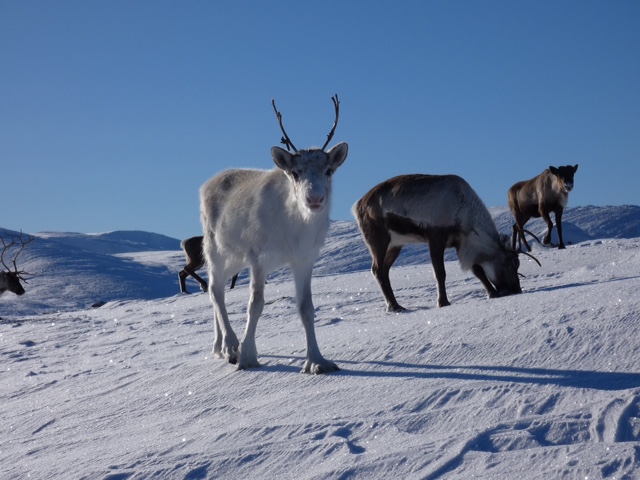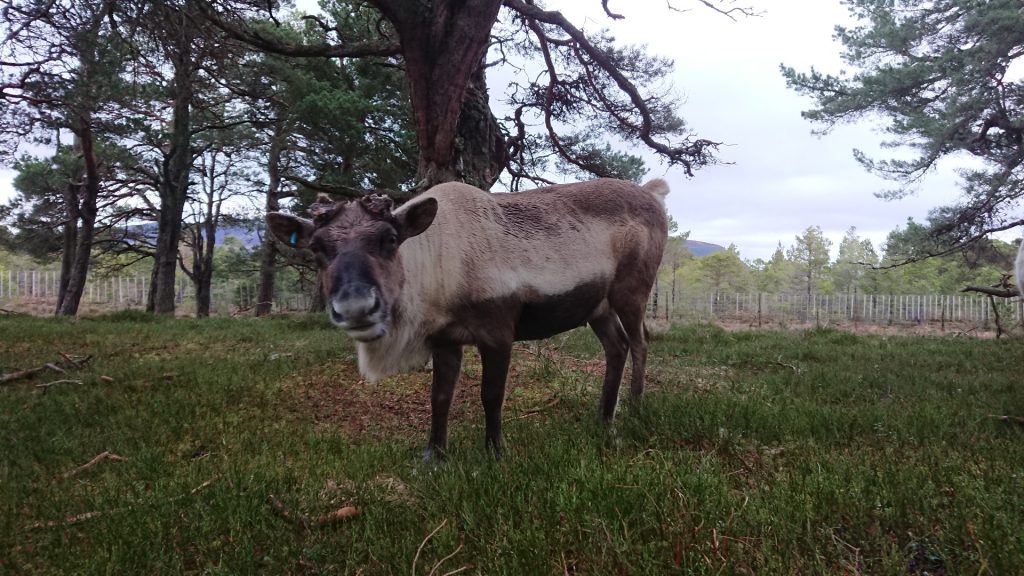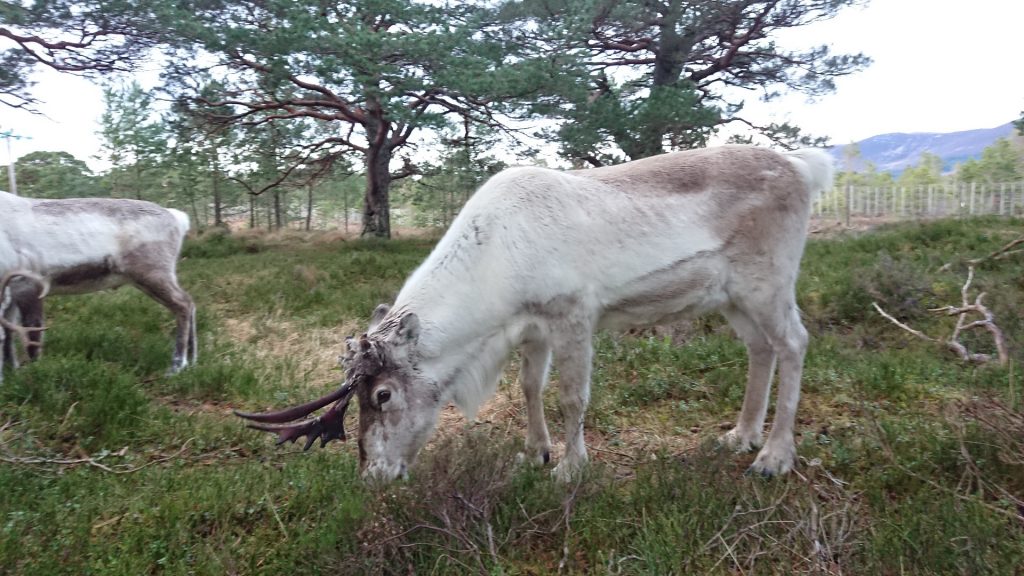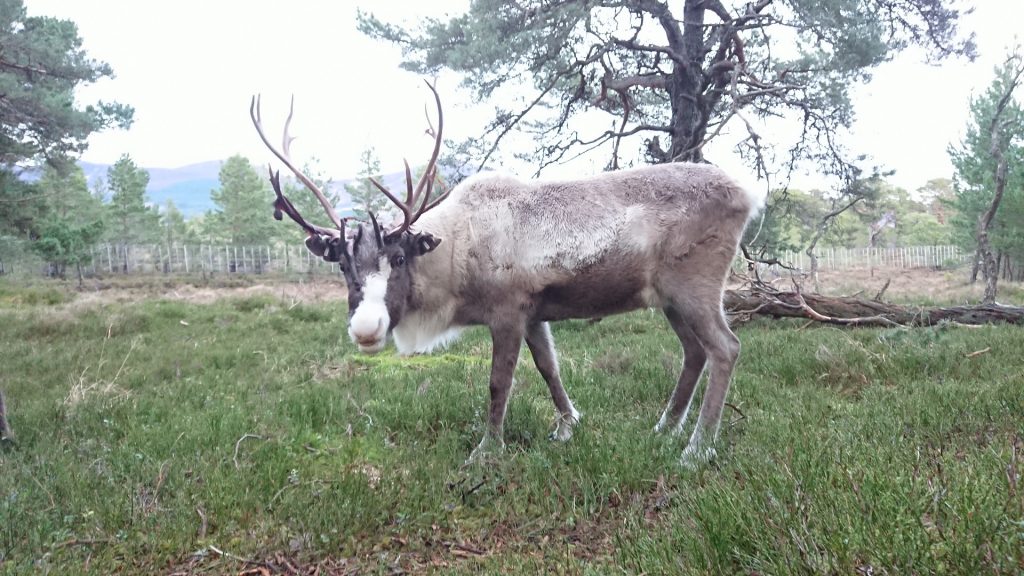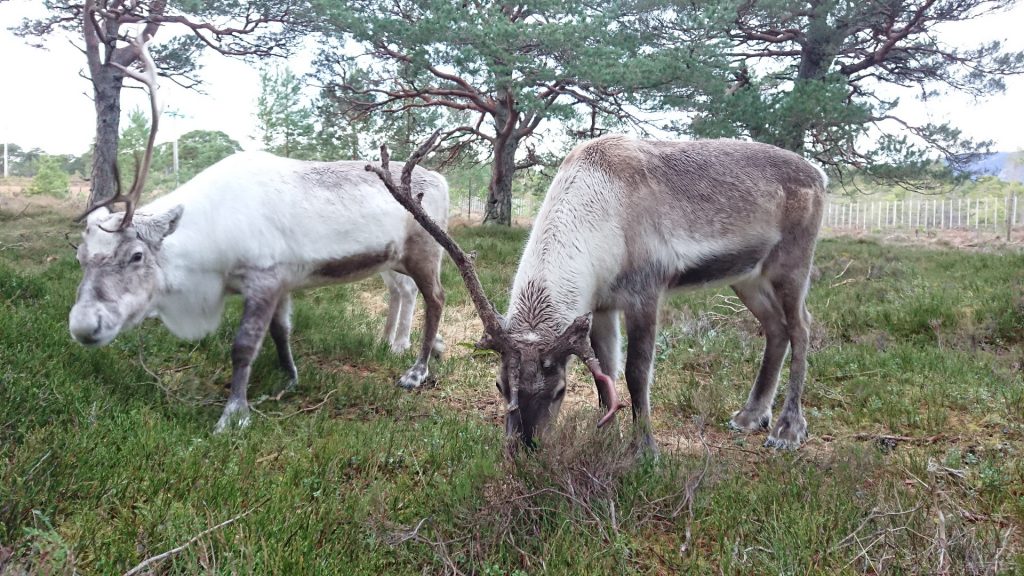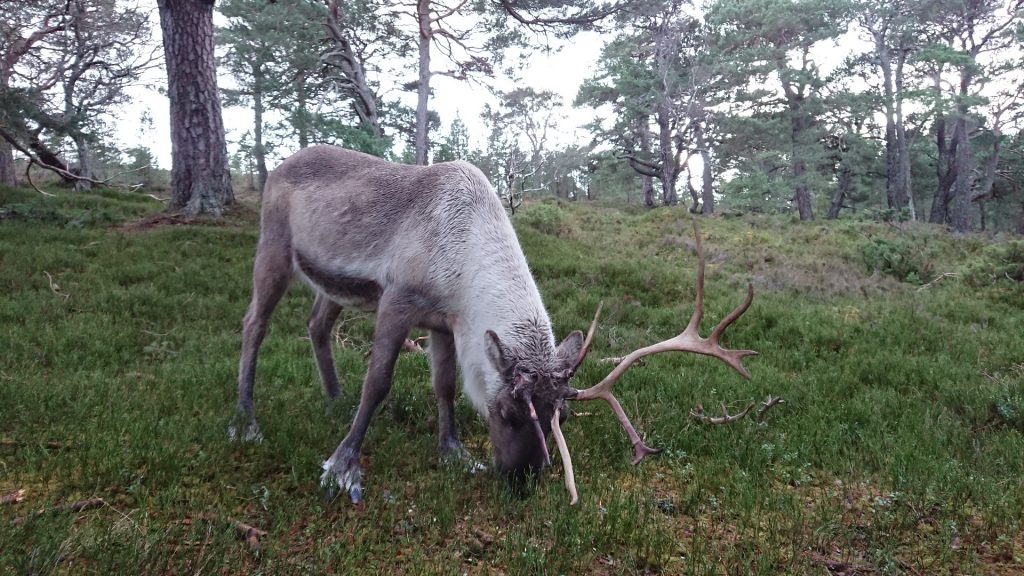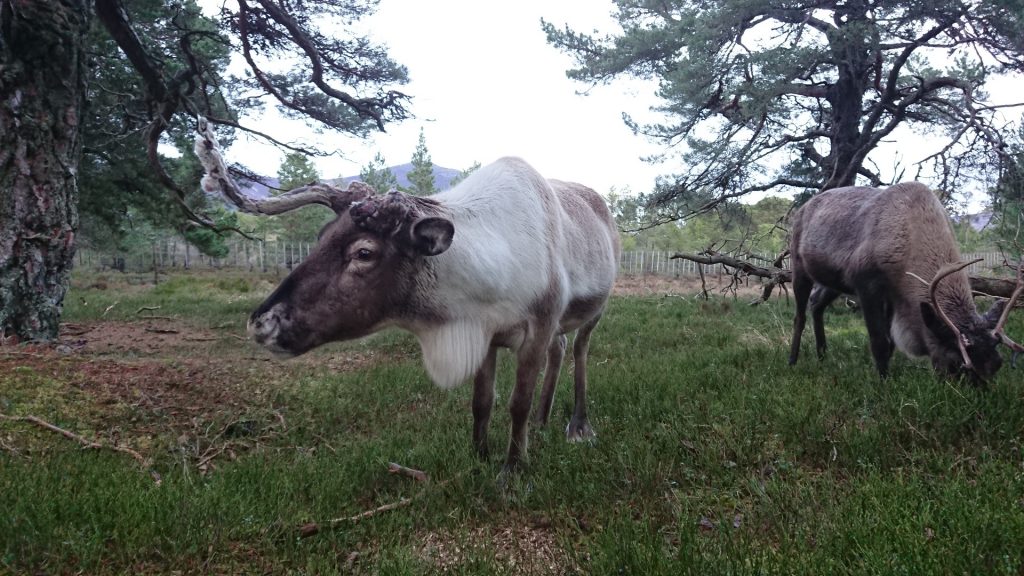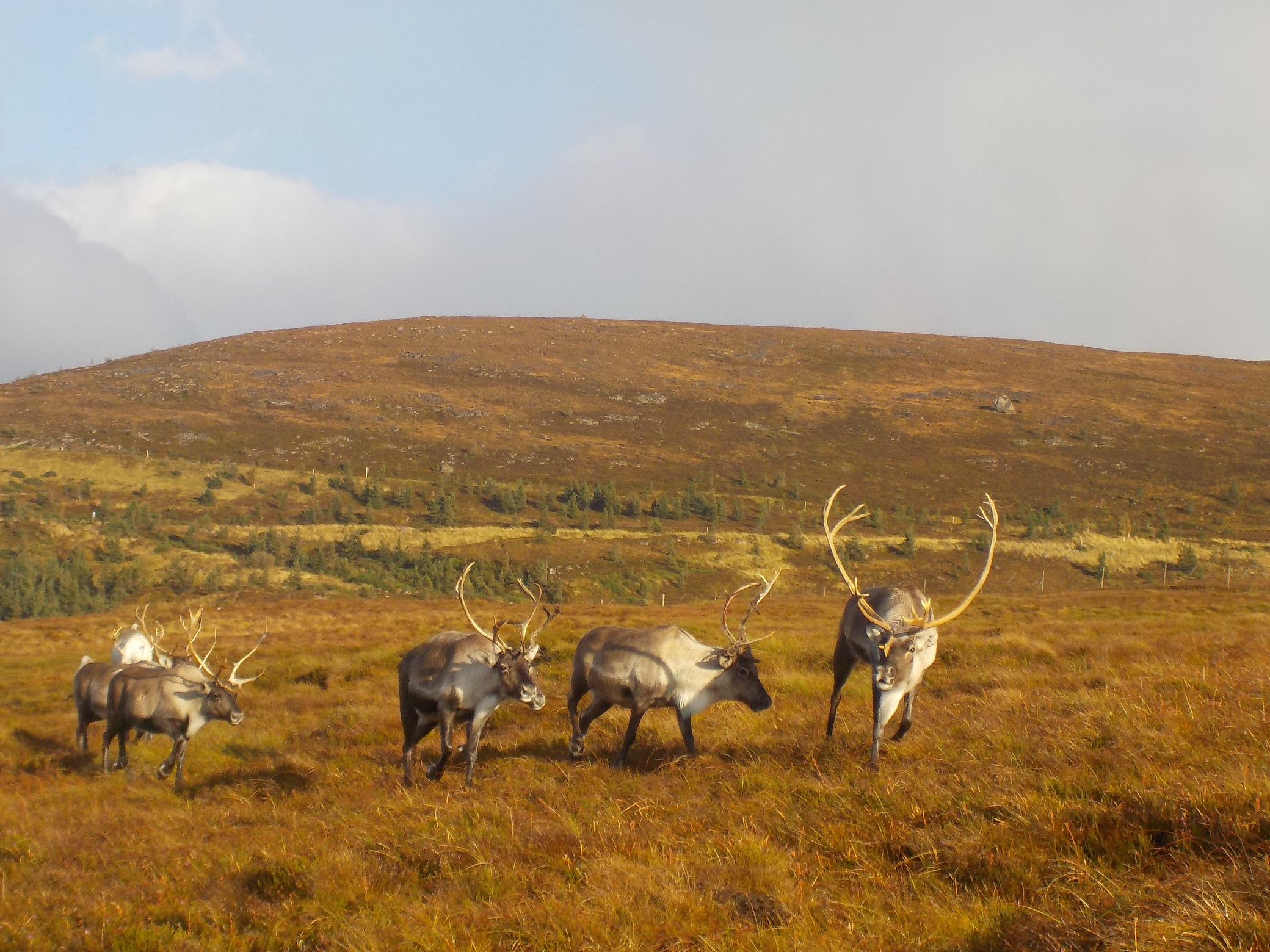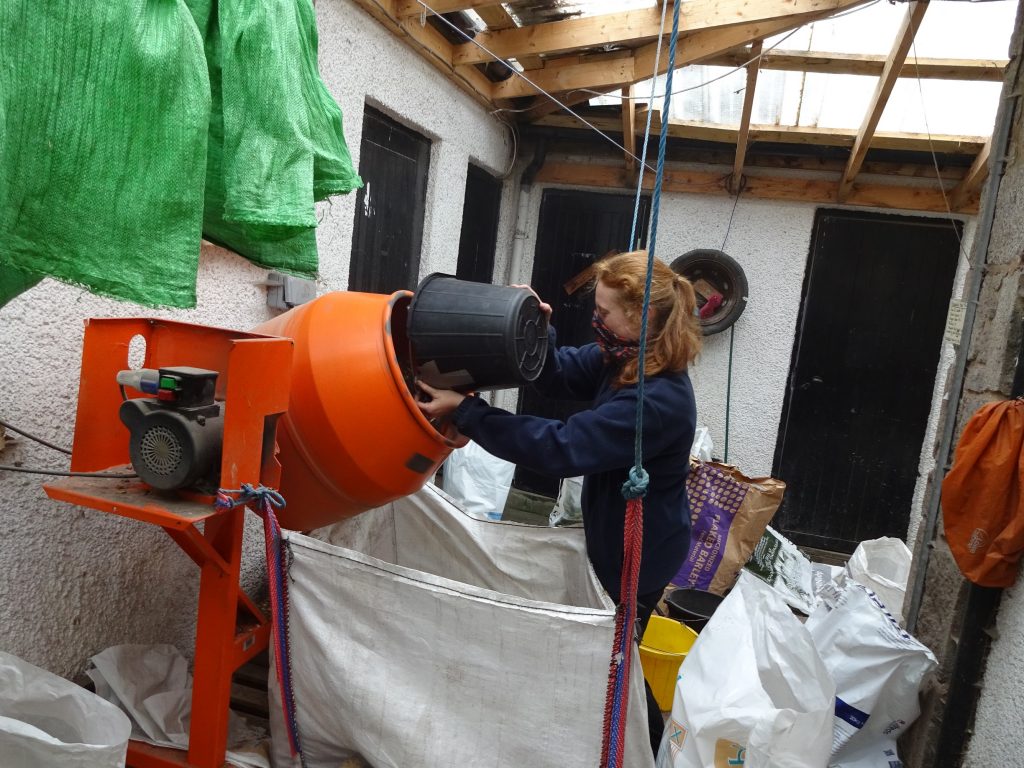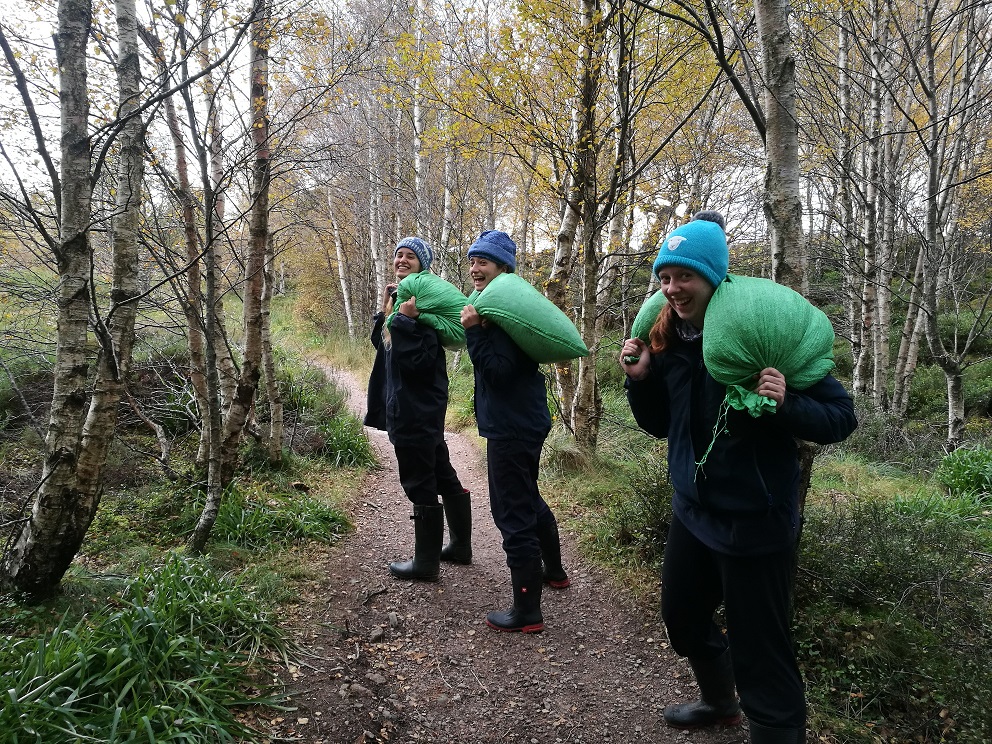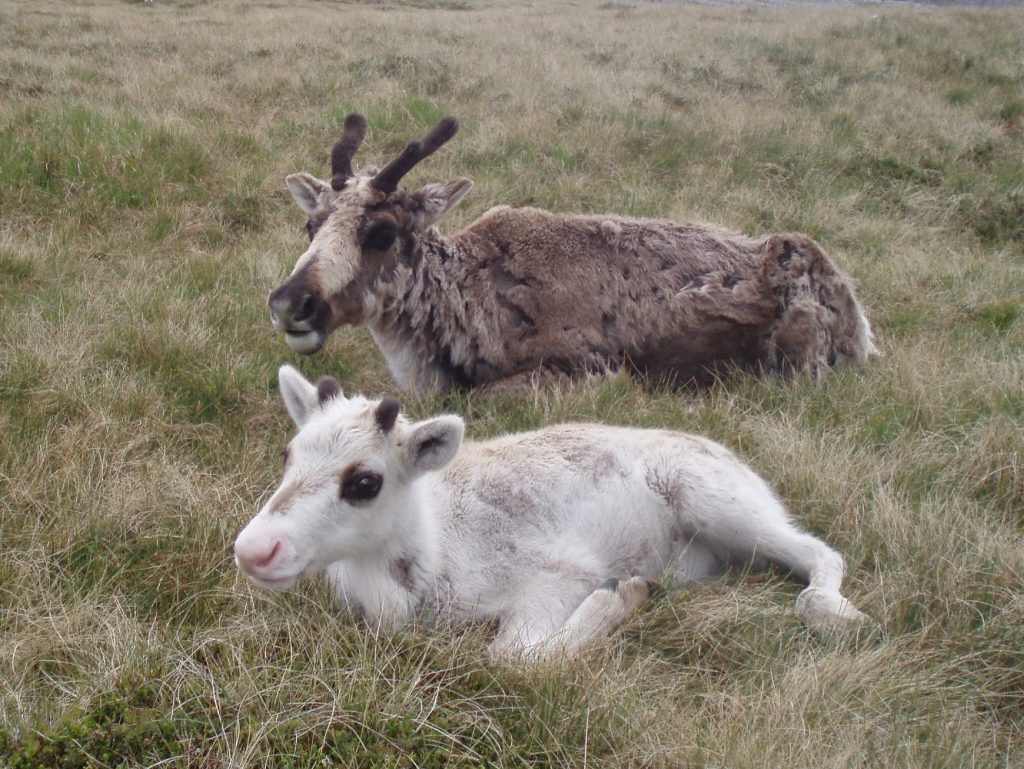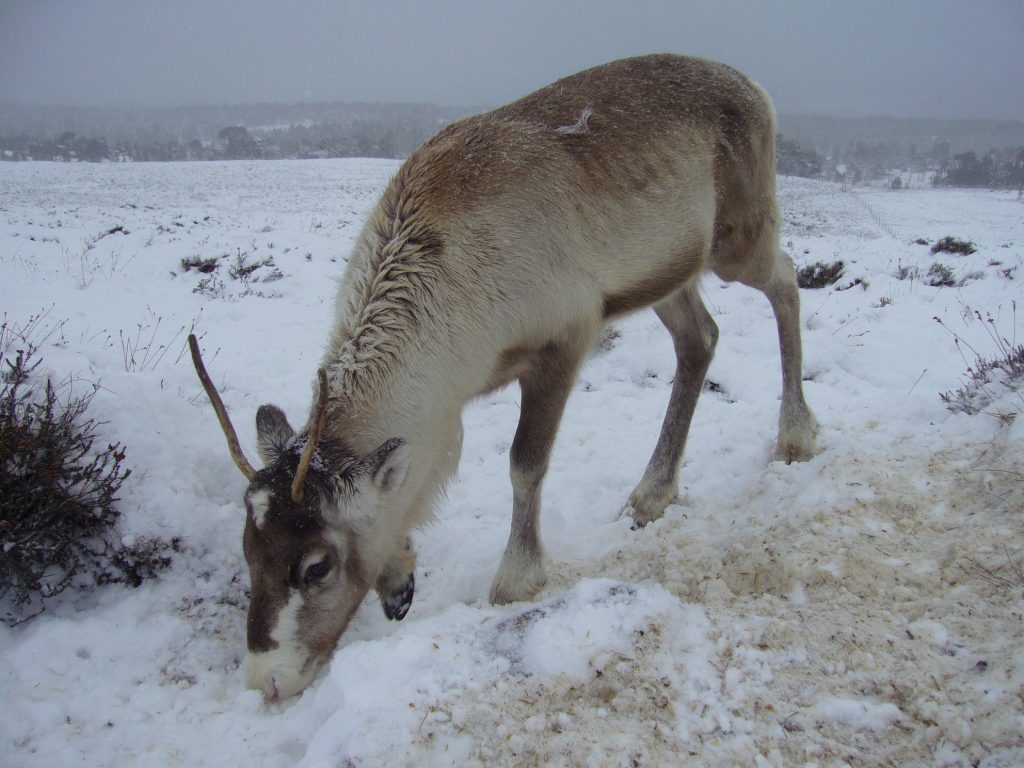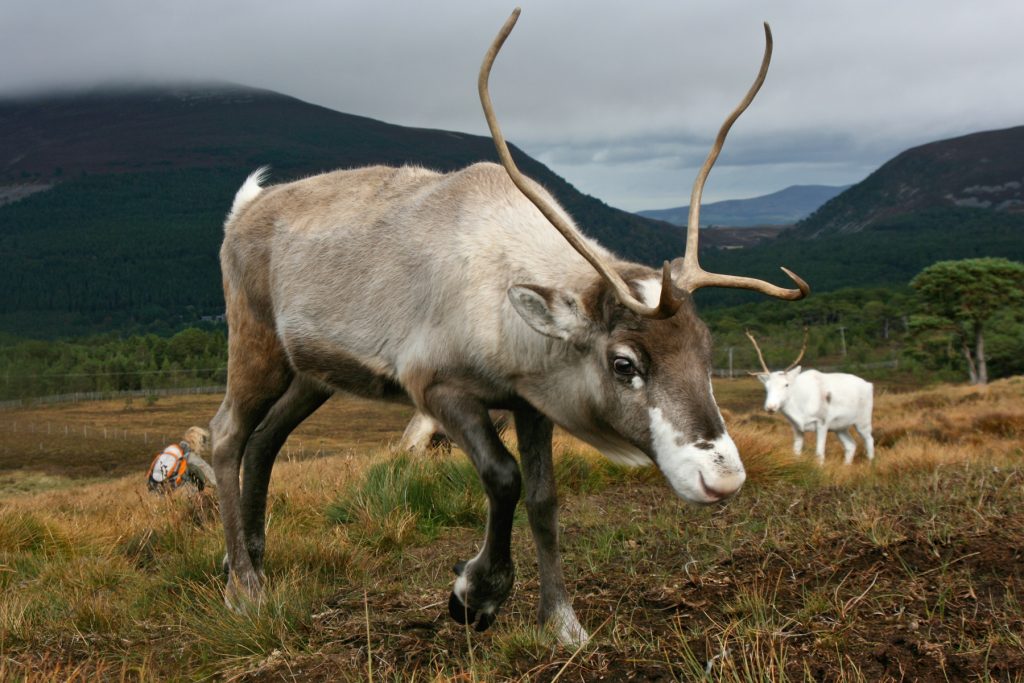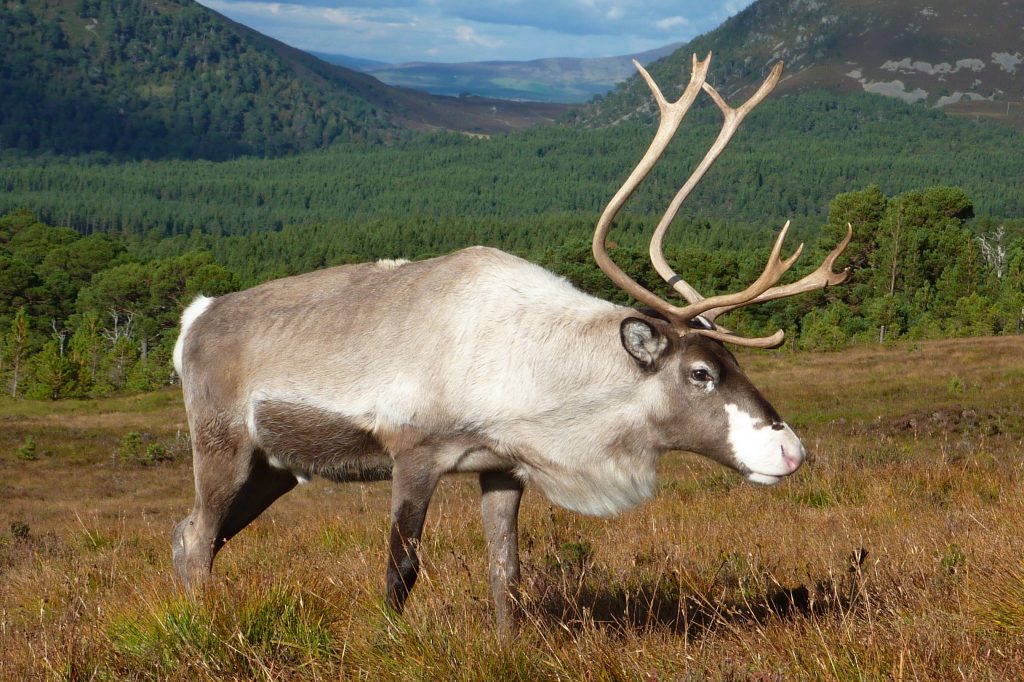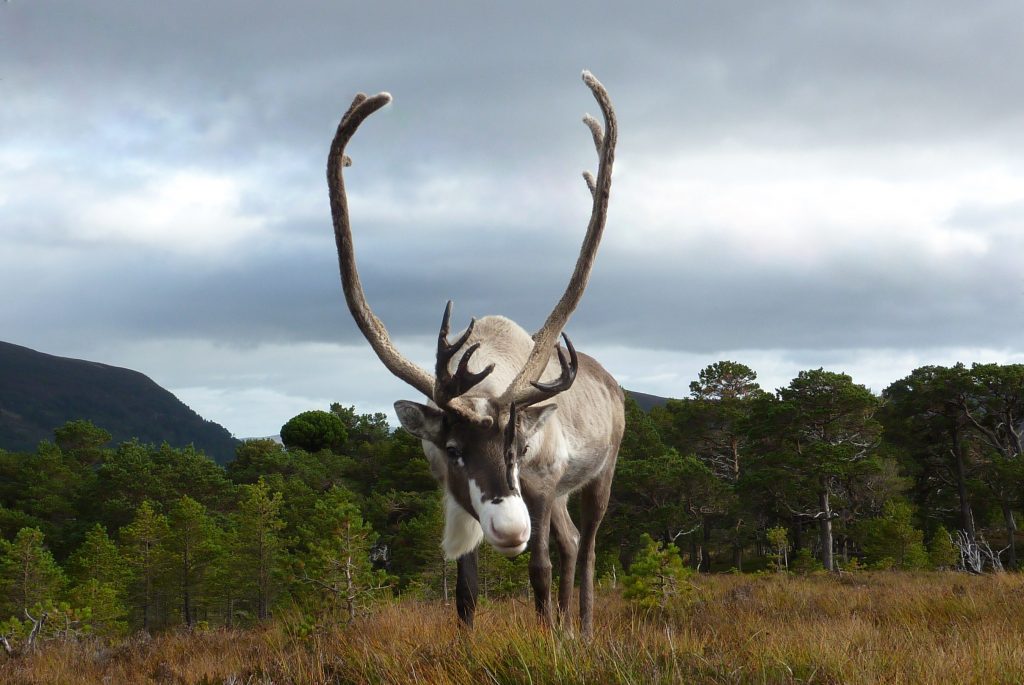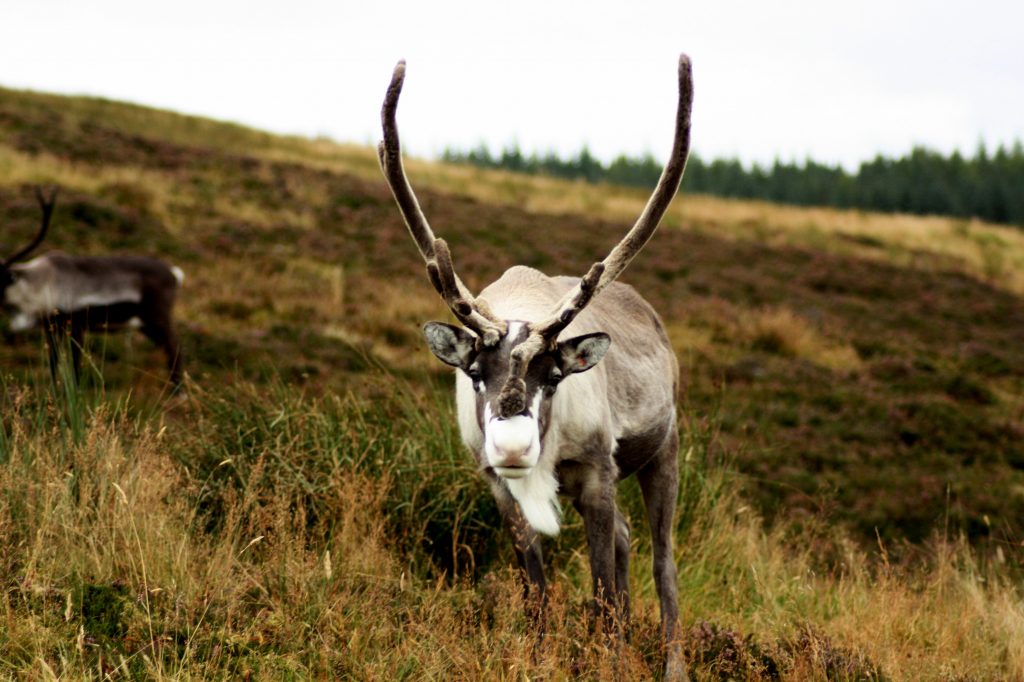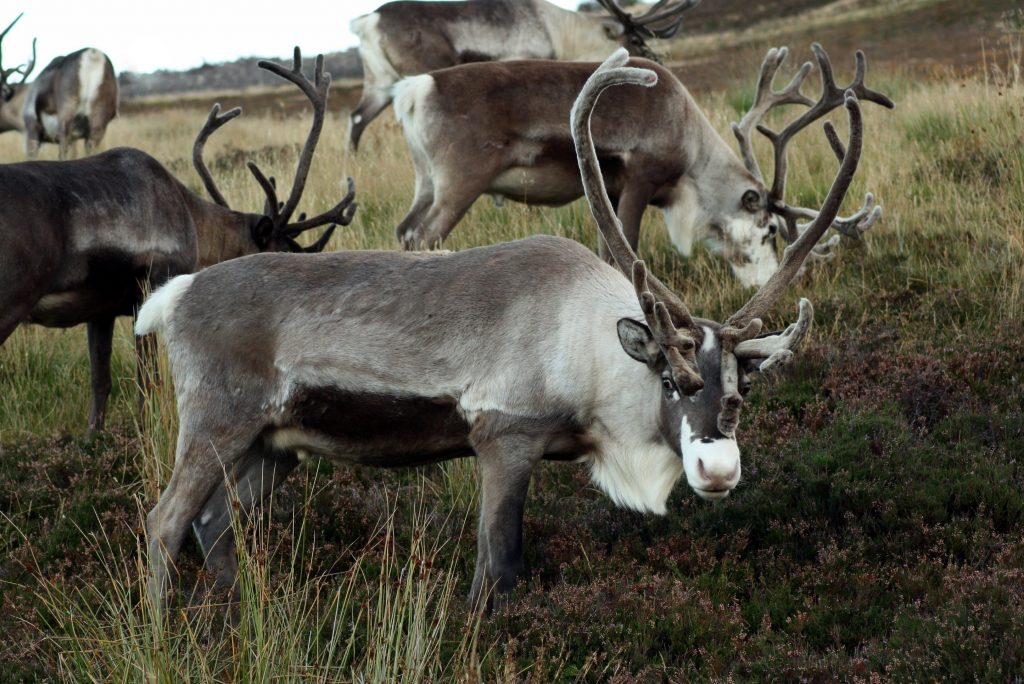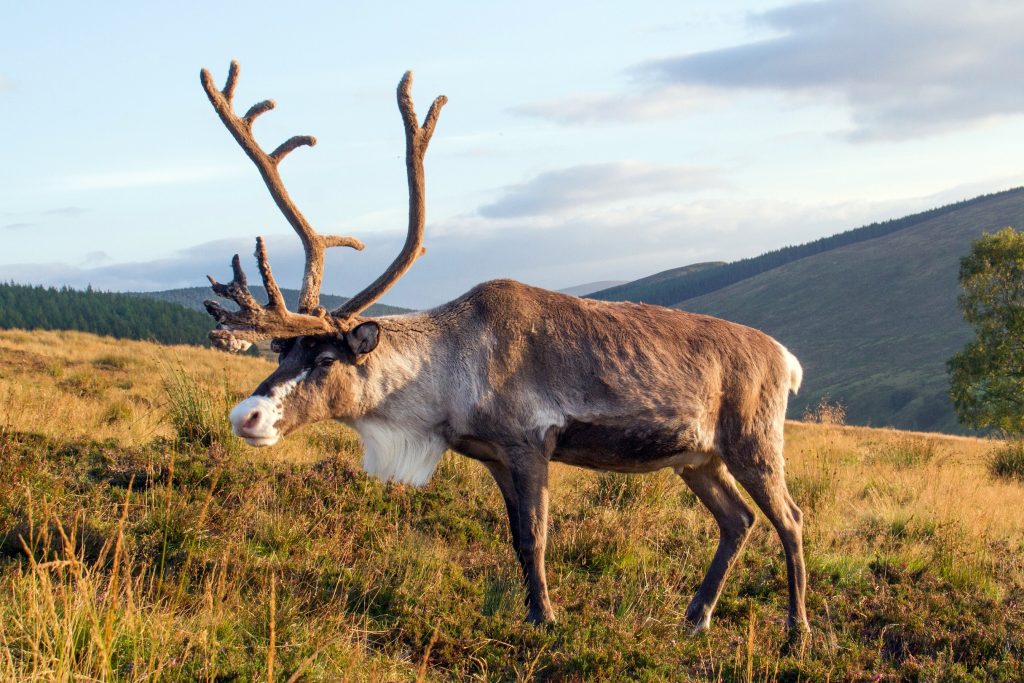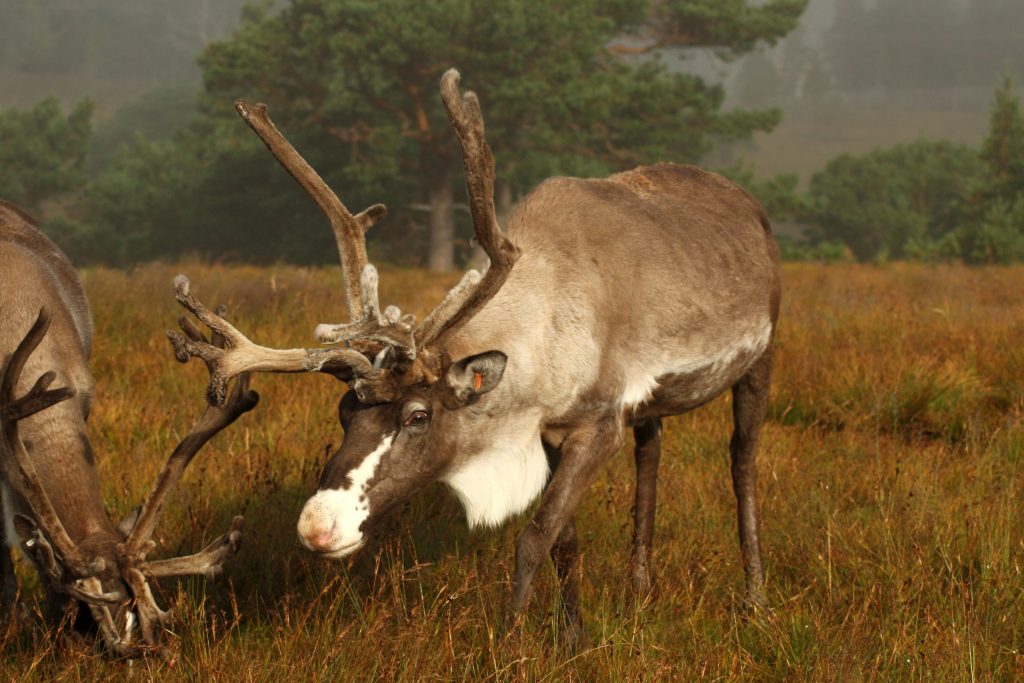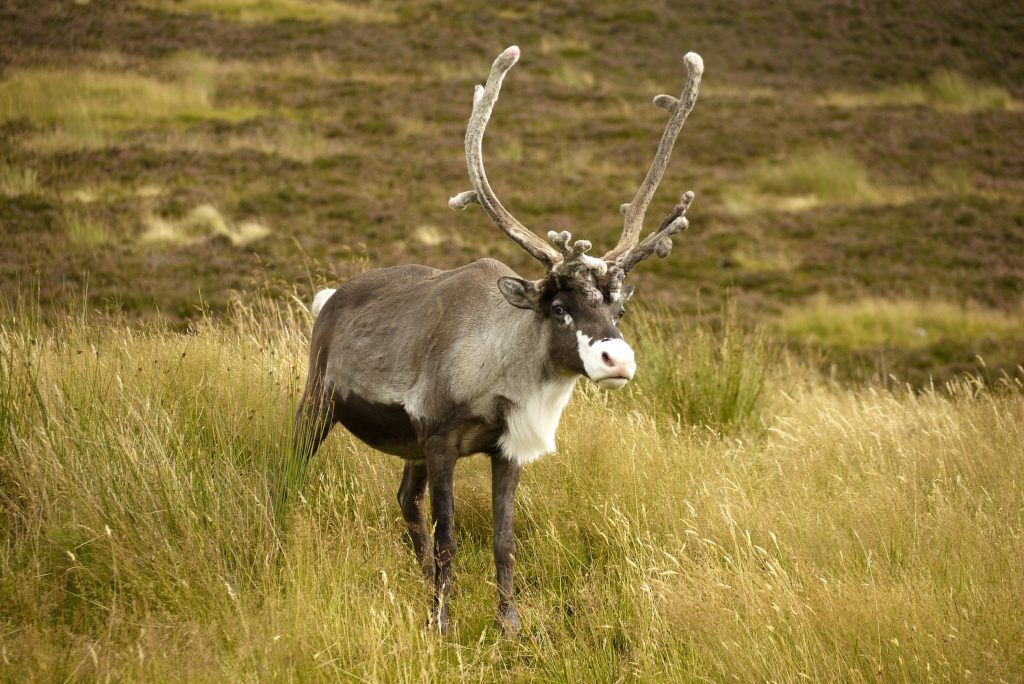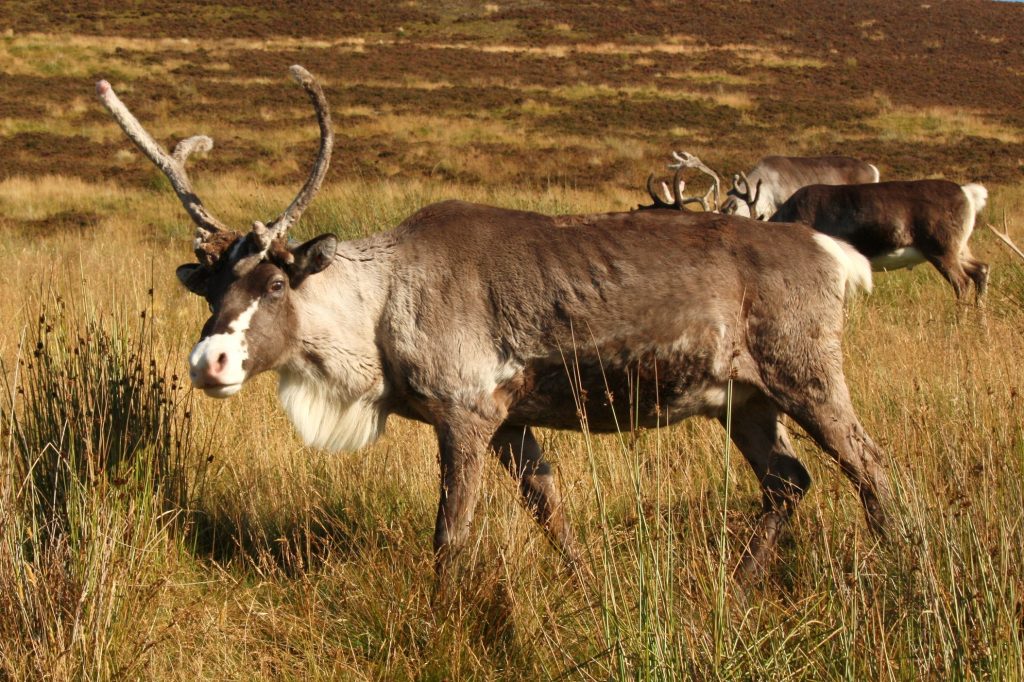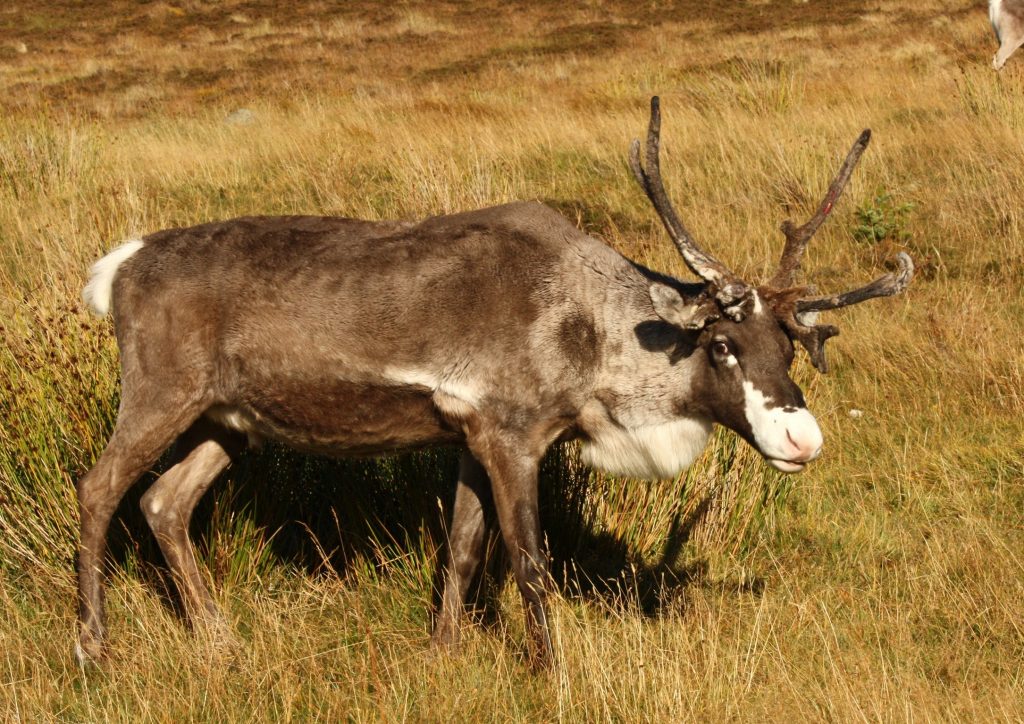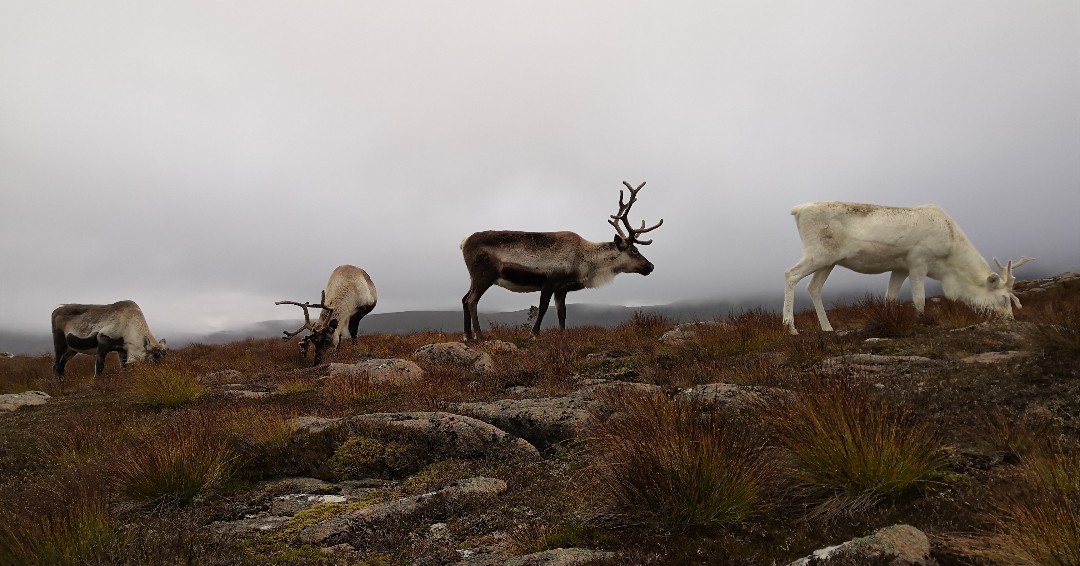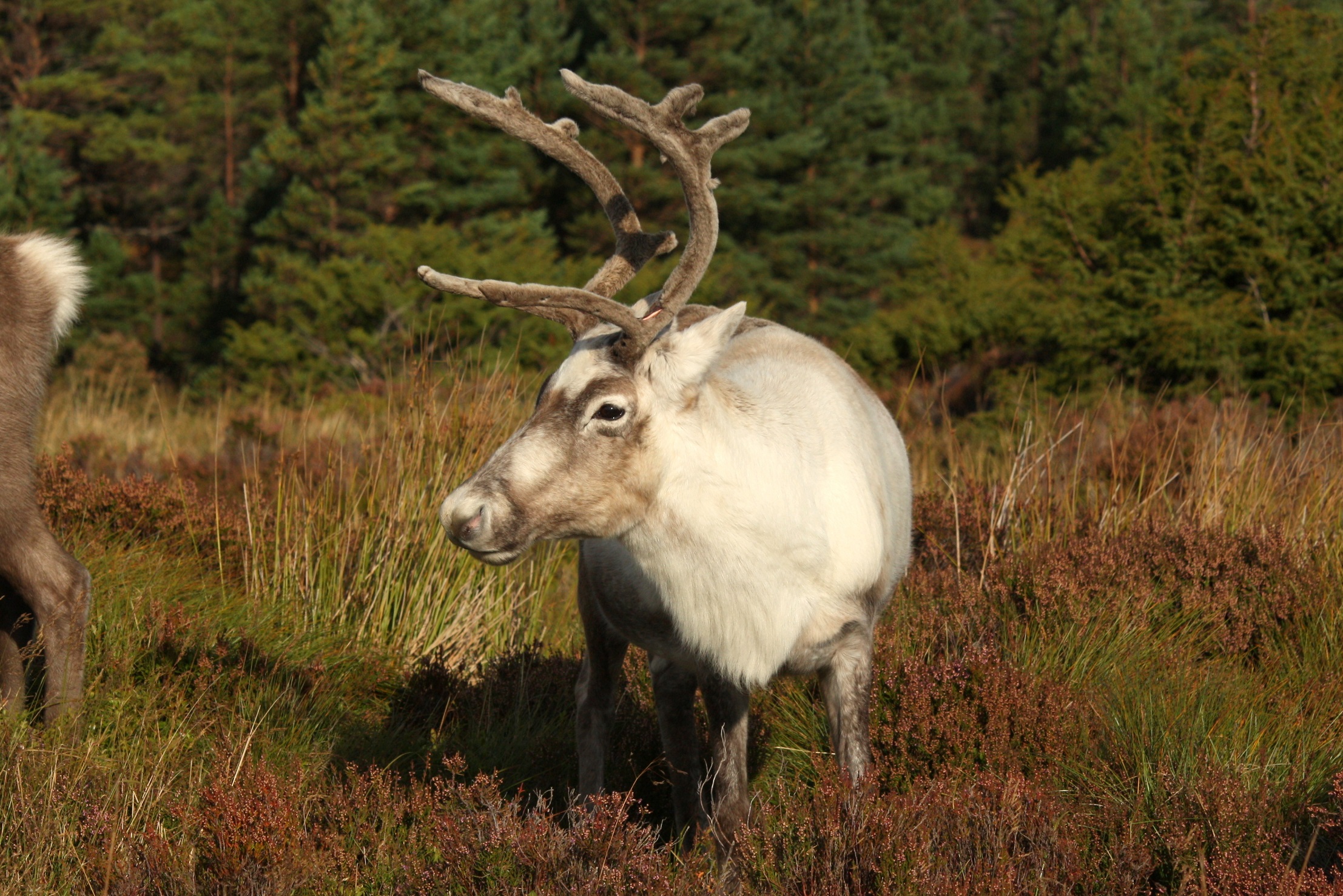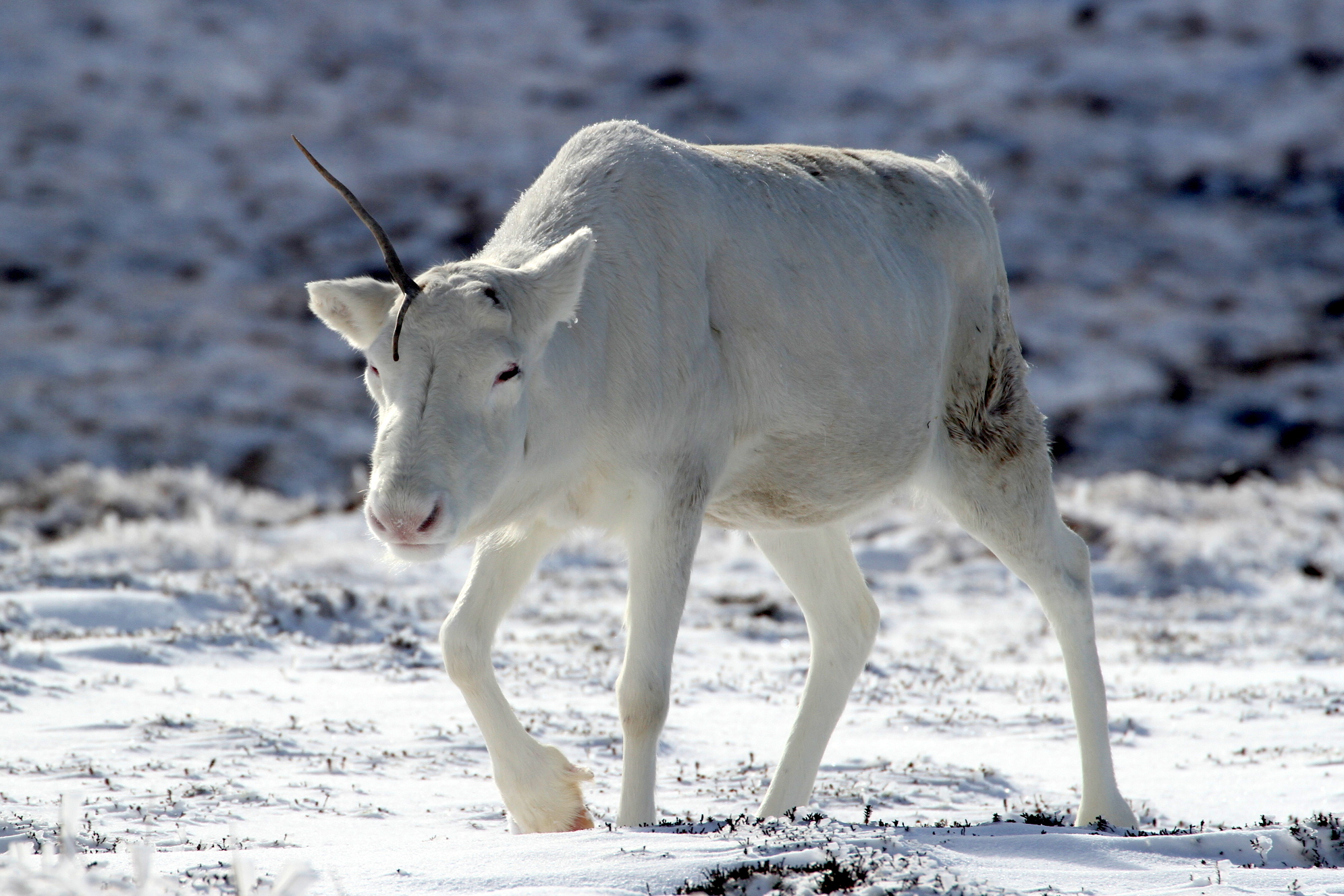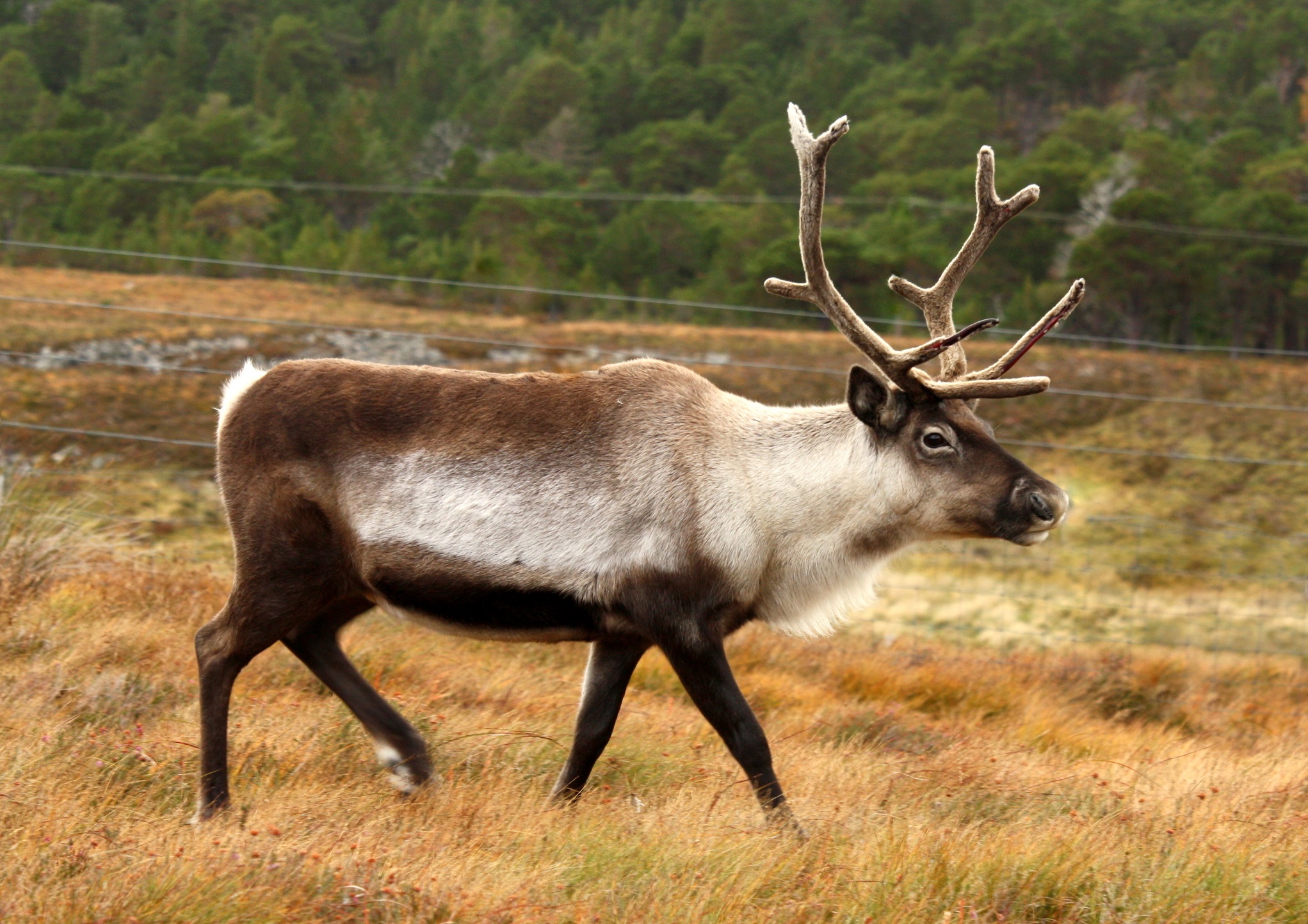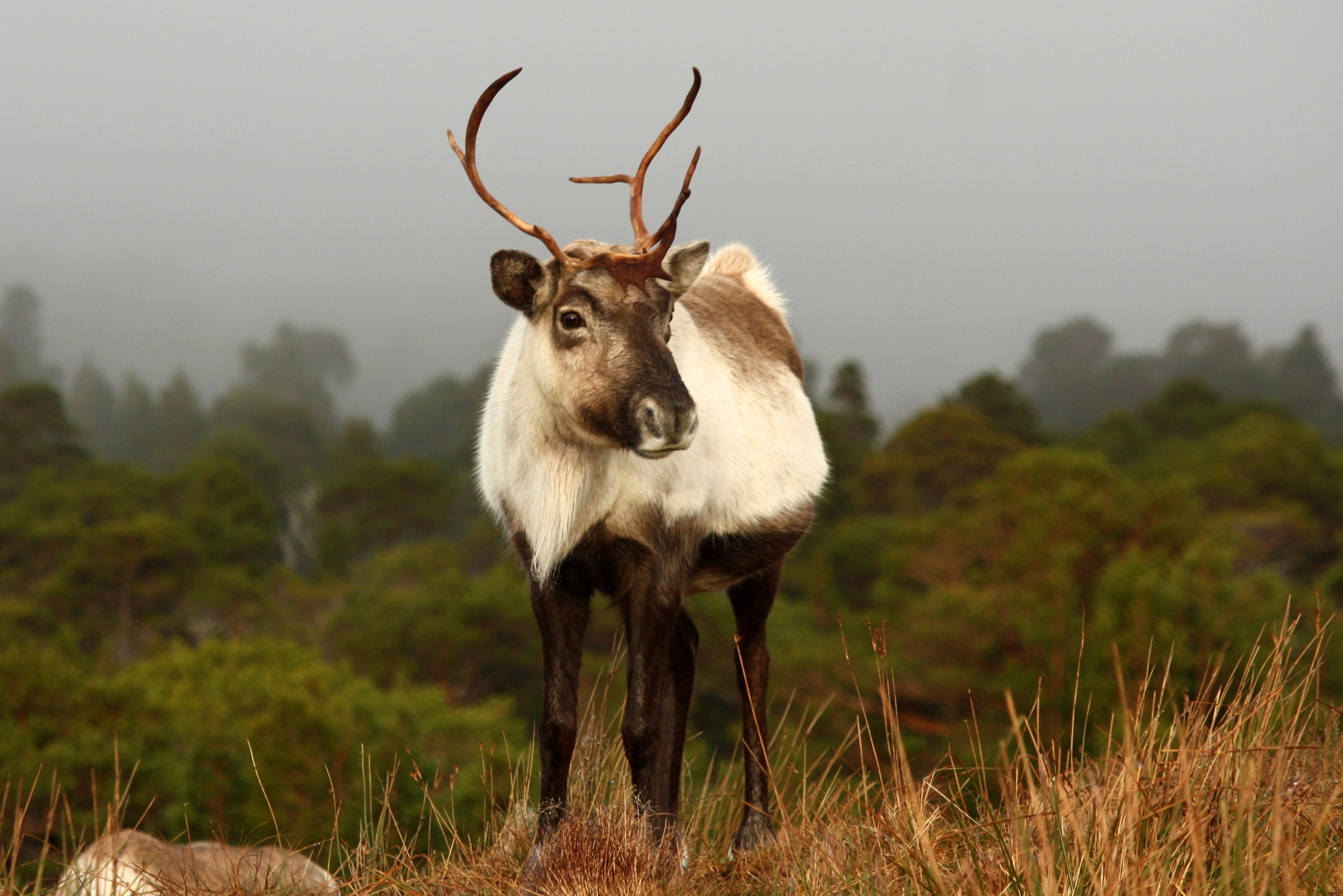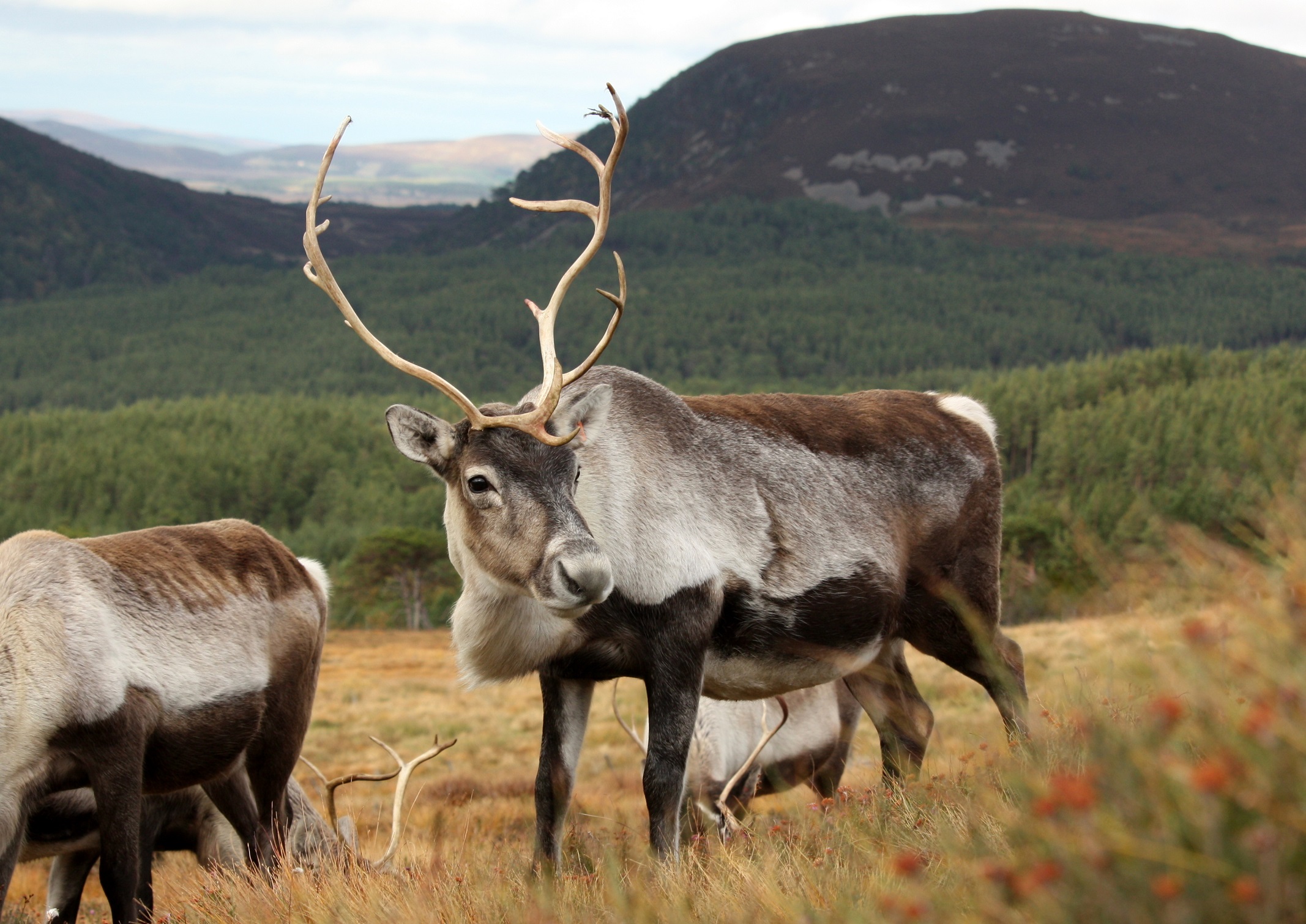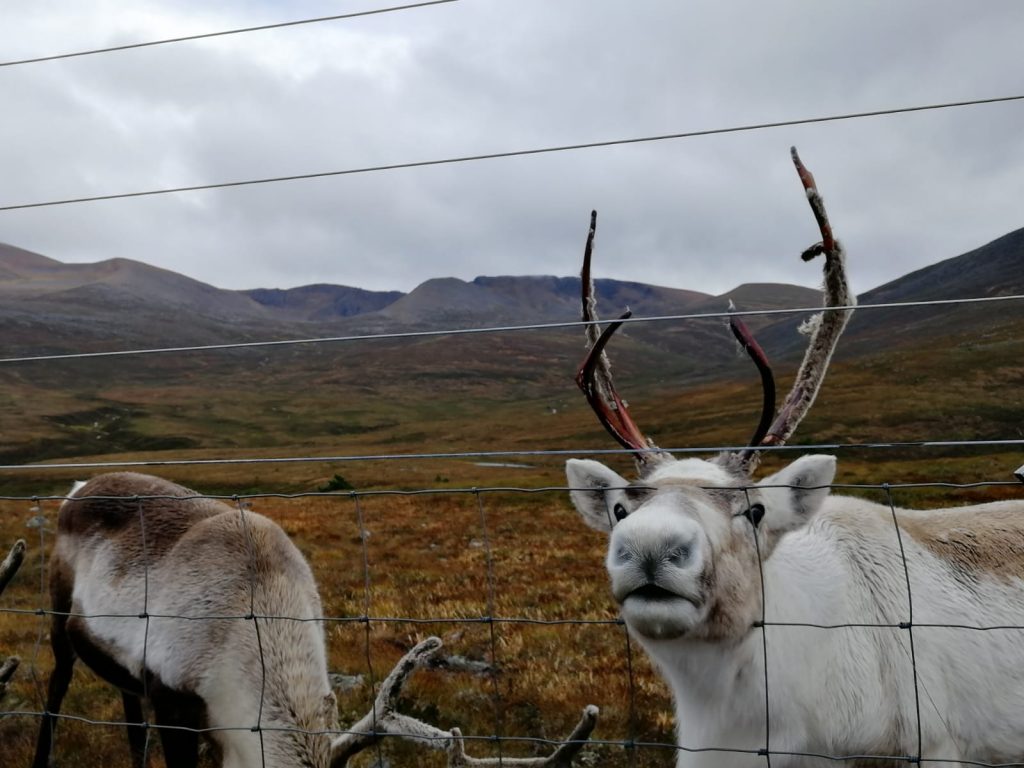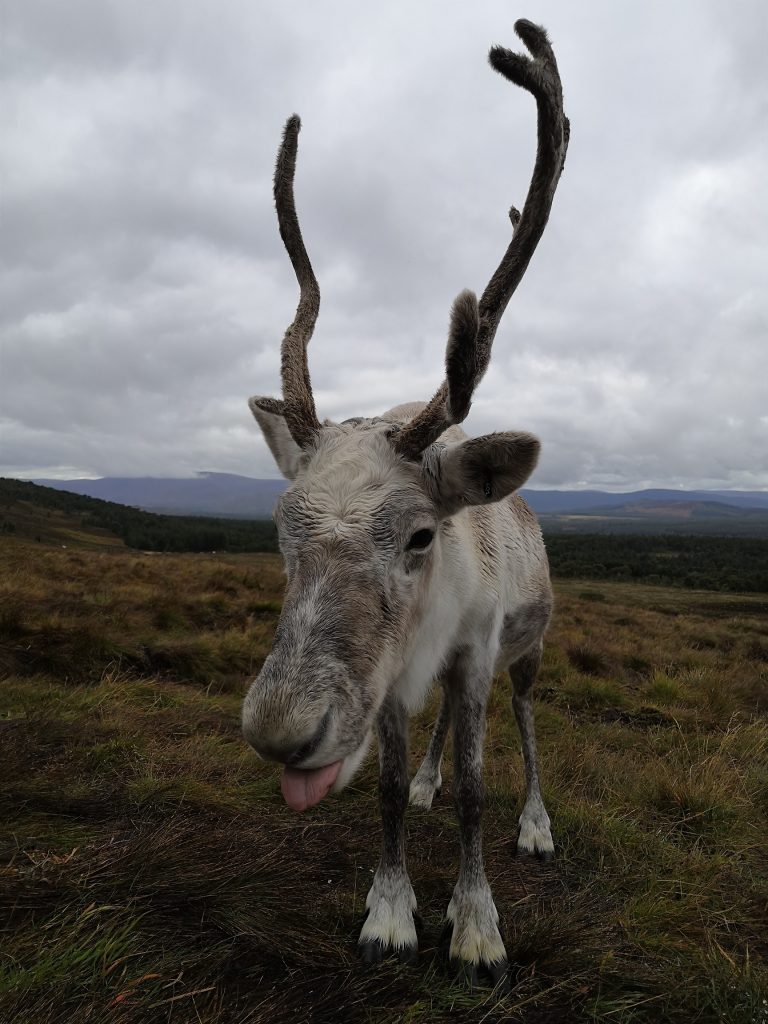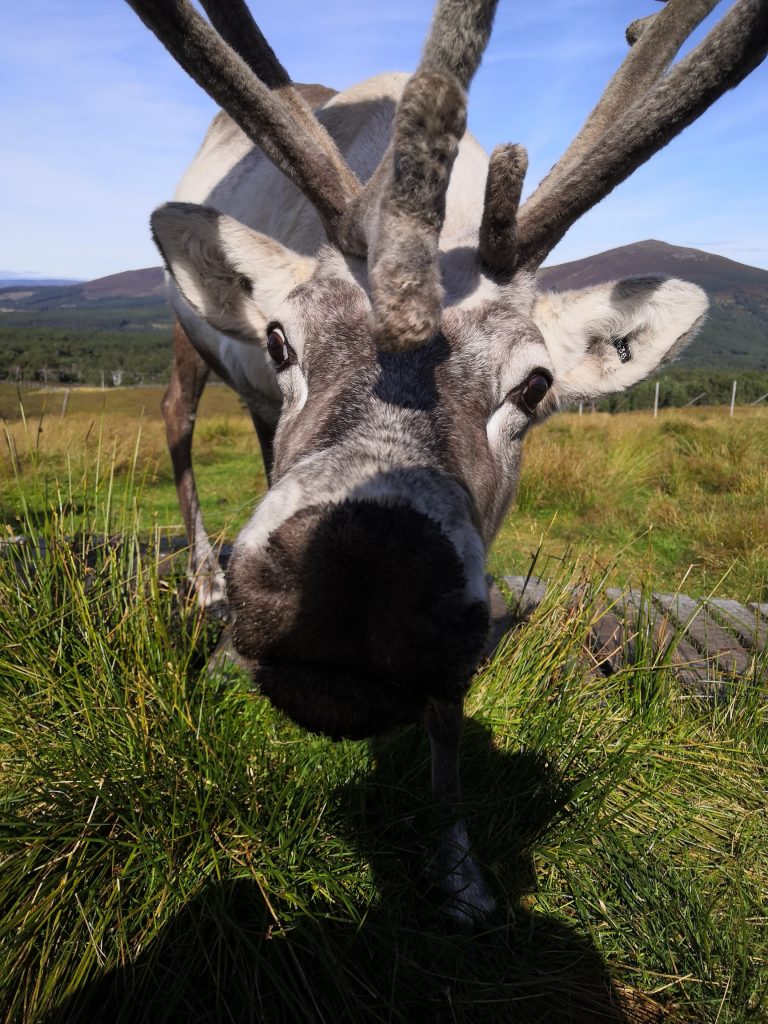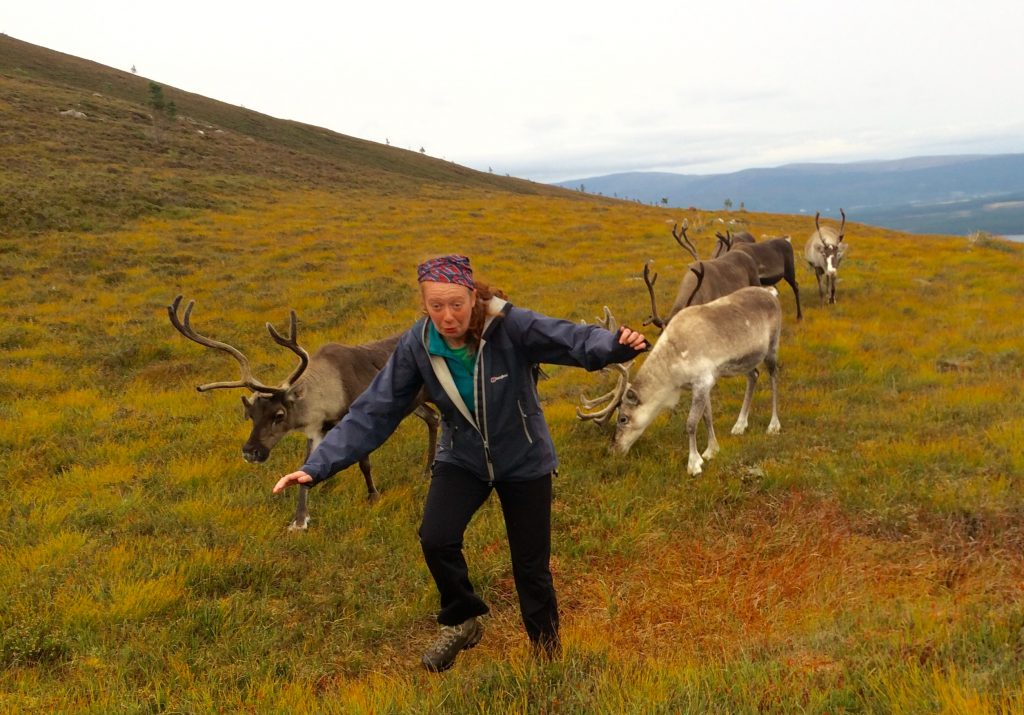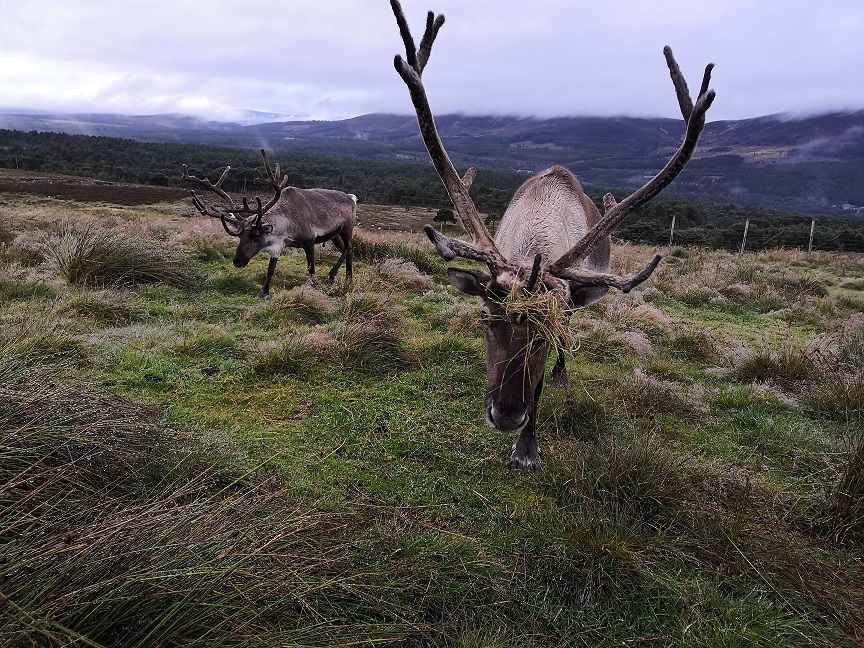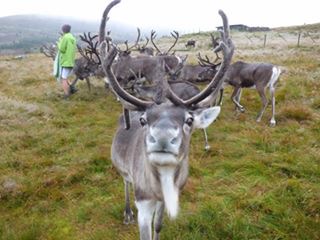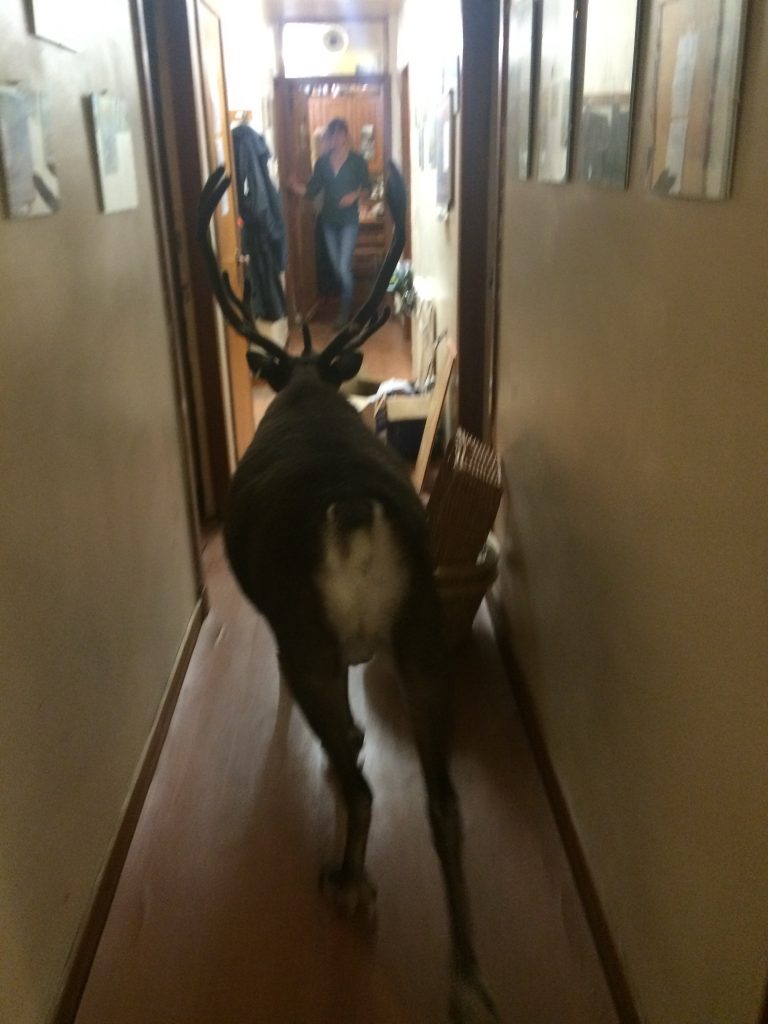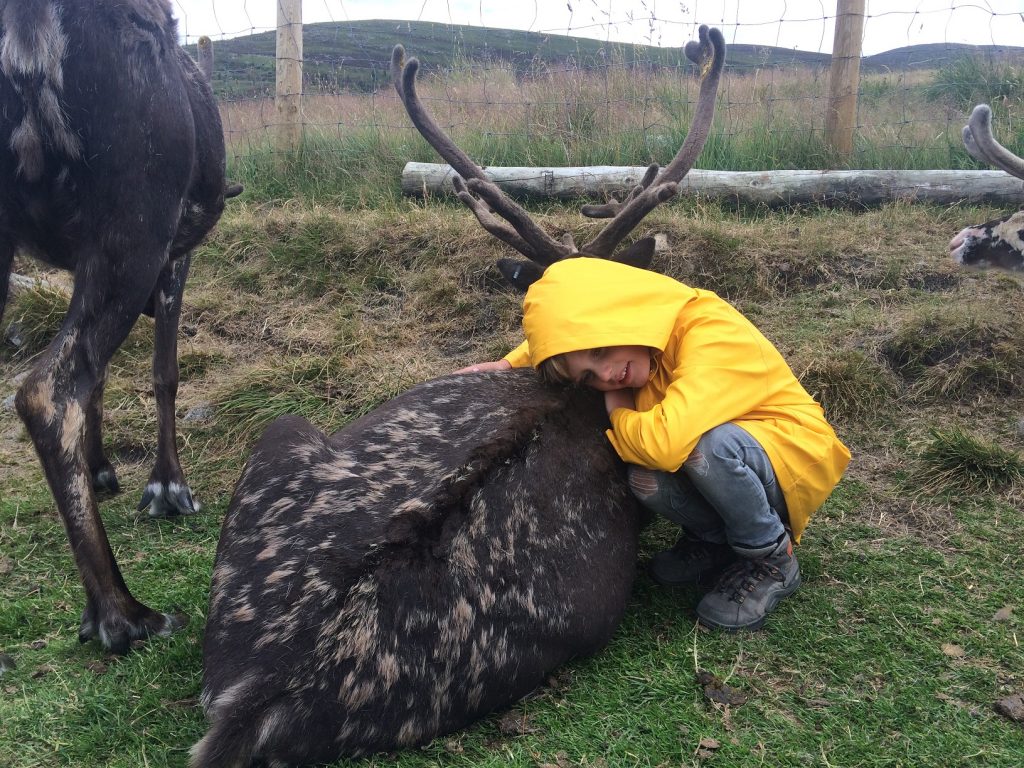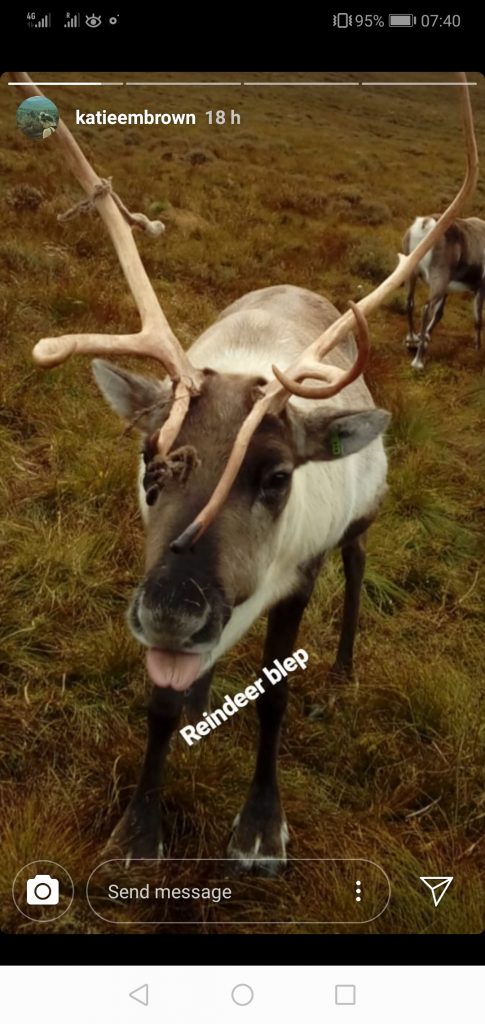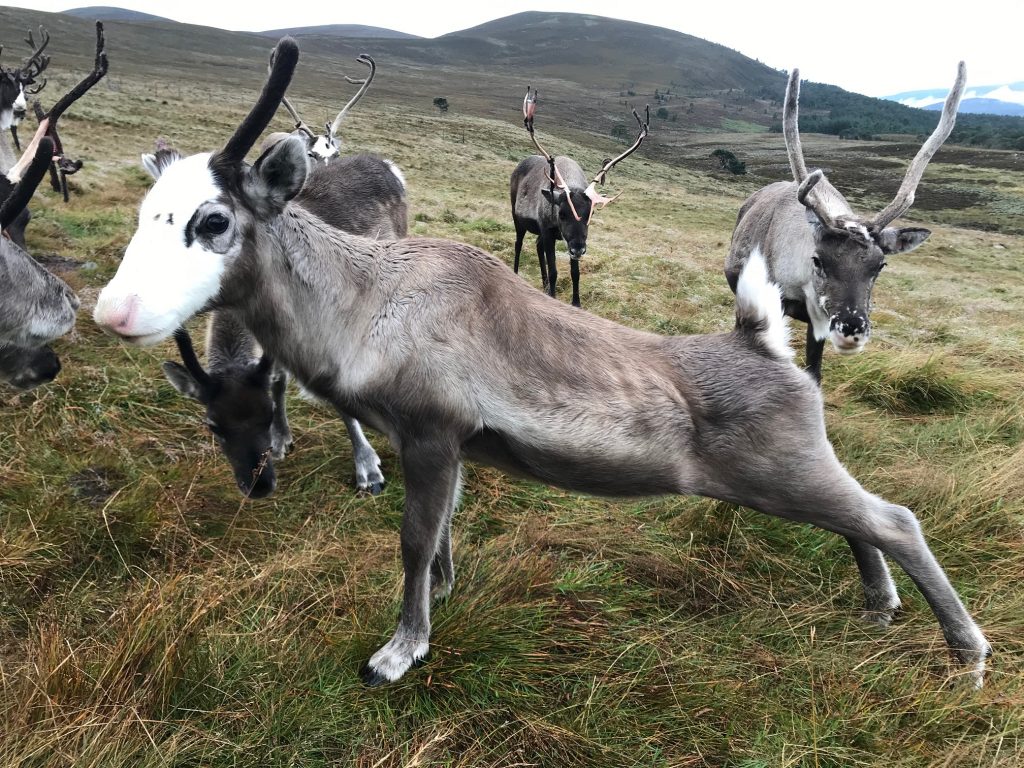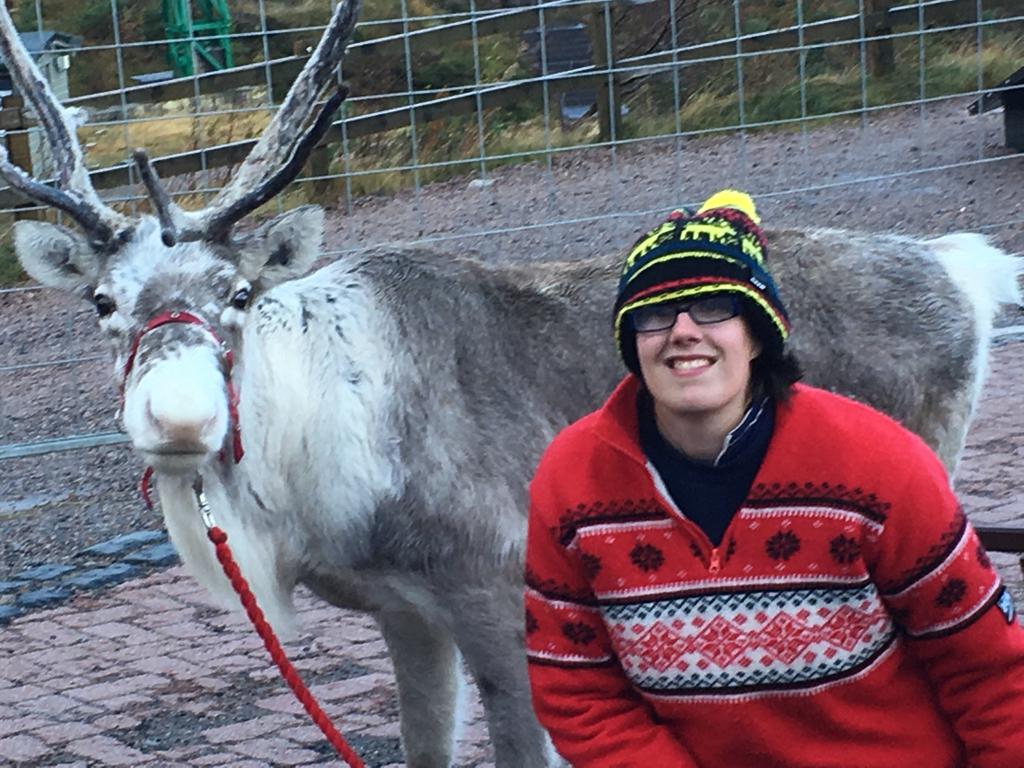Reindeer herding and running, a sequel
Remember that blog I wrote about a year ago about how everyone started running up hills and mountains as soon as they arrived to work at the reindeer centre? Well I’ve got reasons to write a second blog about the same topic, so here goes!
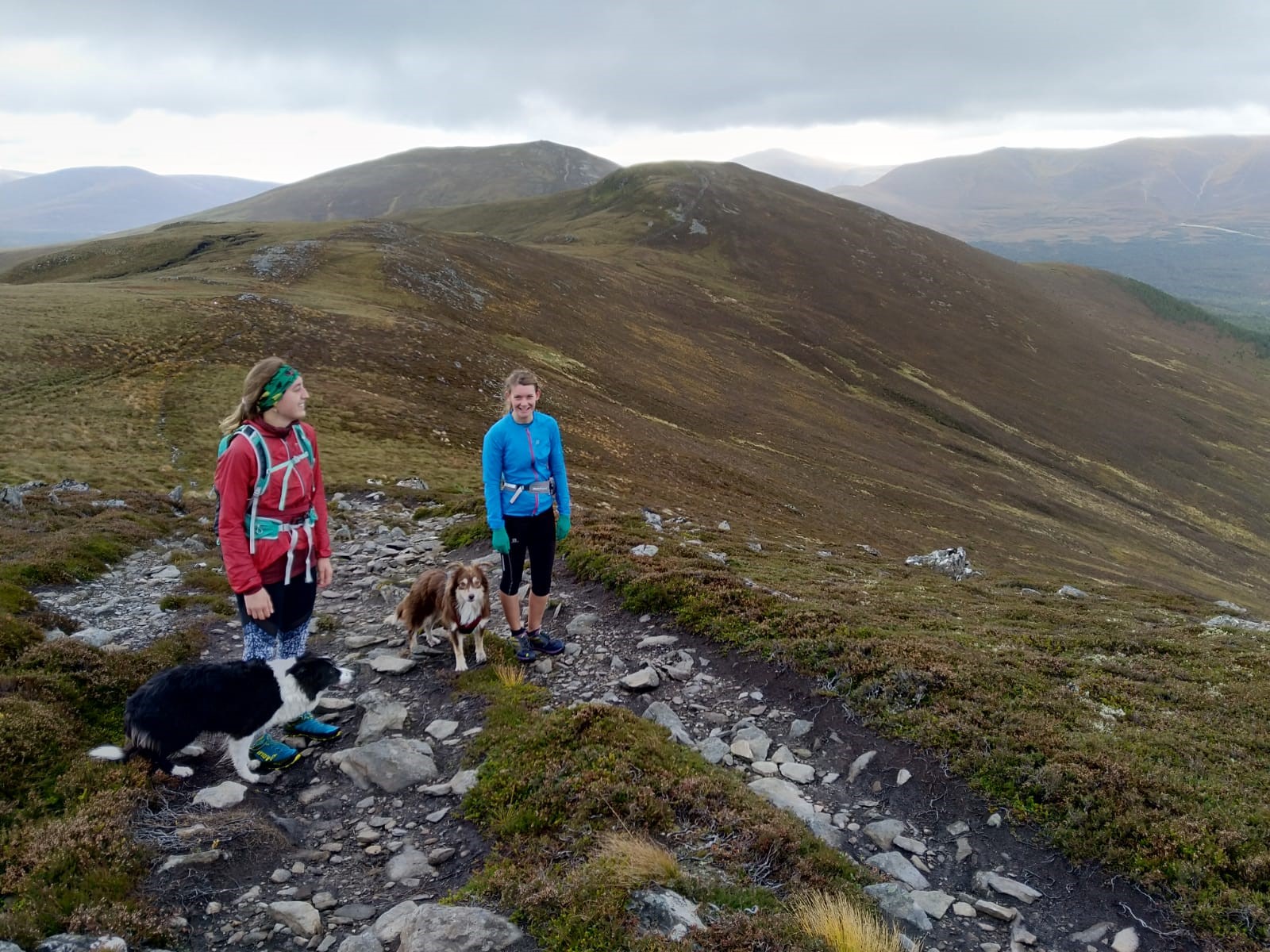
At the end of my last blog about running reindeer herders I wondered if my running would become more like the long distance running described in the ultrarunner Jan Knippenberg’s book. A quick recap in the form of a quote from my last blog:
“Running for the pure joy of it or because our lifestyle demands it, without the faff of getting involved in fashion and hype, or keeping track of time per kilometre, heartbeat, acceleration etc. seems to be closer to the old type of lifestyle than what is currently in fashion.”
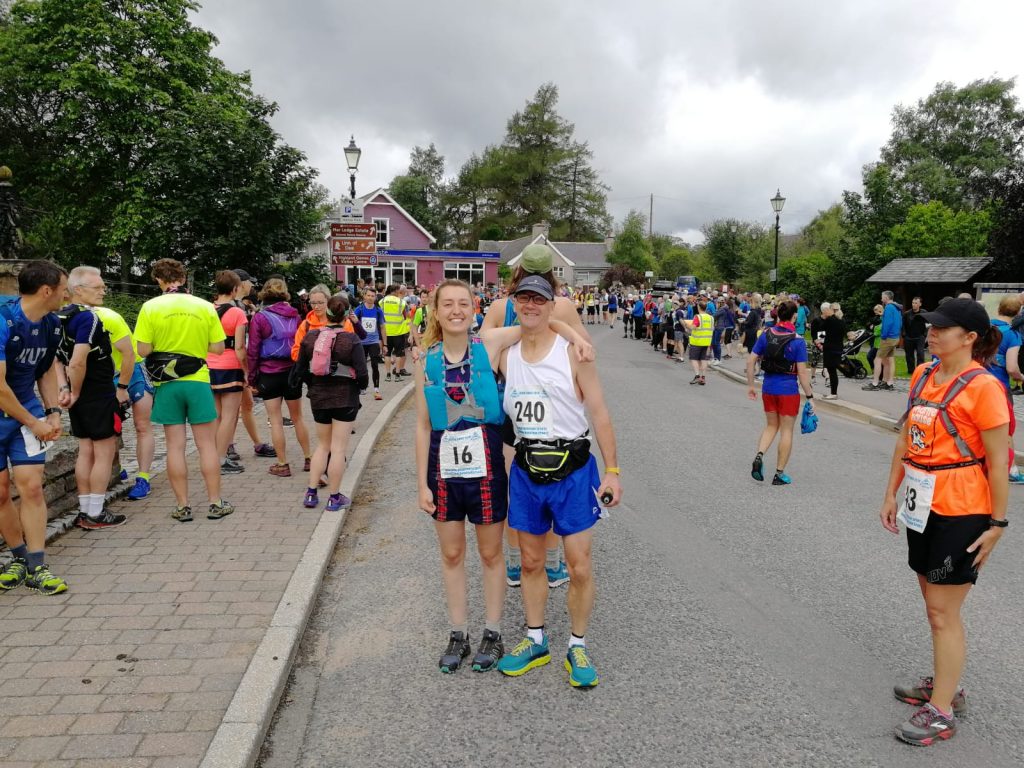
I think I can safely say I’m getting there! Since that blog I’ve participated in lots of hill races, slowly building up distance until I did the Lairig Ghru race, slightly over marathon distance. The fun aspect of it is that most of the races I did, I didn’t do for getting a good result, or the competitive aspect of it, but more for seeing a different part of Scotland and enjoying the scenery whilst running with a lot of other crazy hill running people. I also continued chasing reindeer on the mountain plateaus and thoroughly enjoyed it.
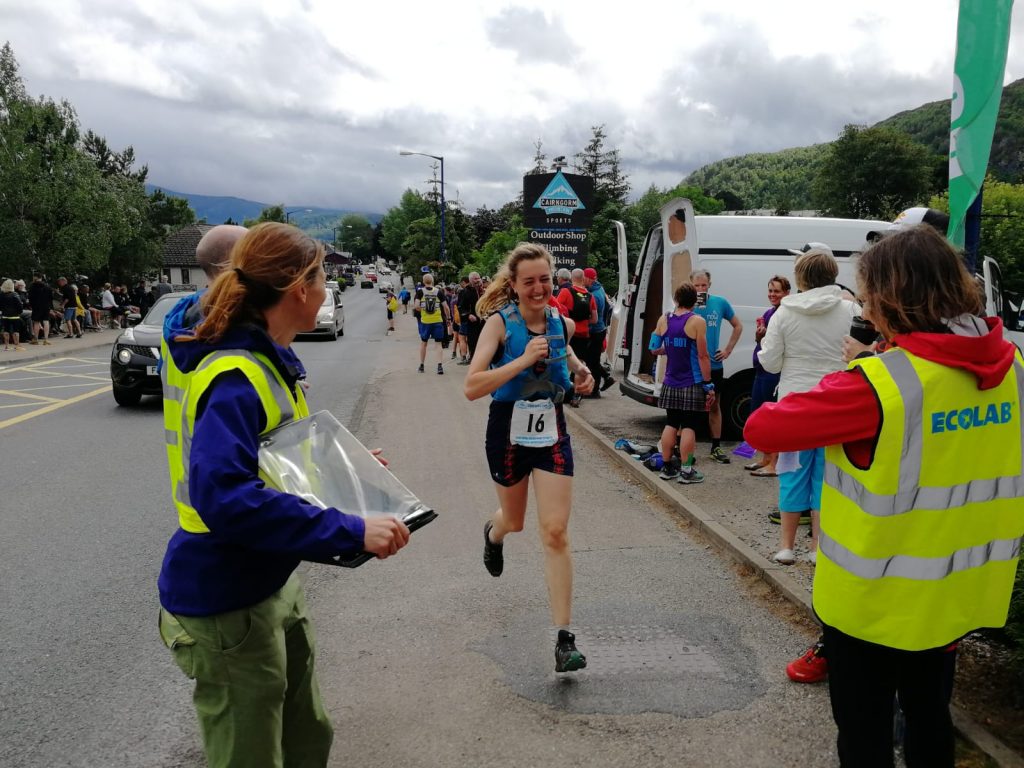
All of this is very much in line with running the way we used to in the history of mankind, in the sense that it’s not necessarily a way to stay fit, but a way to get around in life. One step closer may be what I have planned next. Whilst this blog is being posted, I’m on my way to the Netherlands. Over the past few years I’ve become more aware of the damaging impact of flying on our environment. I think in many cases, if you don’t prioritise money and time over the environment, you’ll find there are loads of alternatives to air travel. For going to the Netherlands, there are lots of forms of public transport you can take, along with using either the ferry or the Eurotunnel to get to the European mainland.
So with this in mind I came up with the idea to run to The Netherlands. Admittedly, I’d not gone for a long time (money and time and resolution to avoid flying as much as I could). In the mean time I’d really started missing my friends and family back there. It seemed like a nice gesture to them as well – missing them so much I’d come and run all the way! Besides that I find that the Scottish darkness in winters gets me down a bit, with on Winter solstice there only being sunlight from 8.53am to 3.32pm (that is 6 hours and 38 minutes of daylight). Being outside as much as possible and exercising regularly both help me a lot in beating seasonal sadness, so it seemed like a great way of getting over that too. So there I was, finding myself yet again planning a run longer than I’ve ever done before!
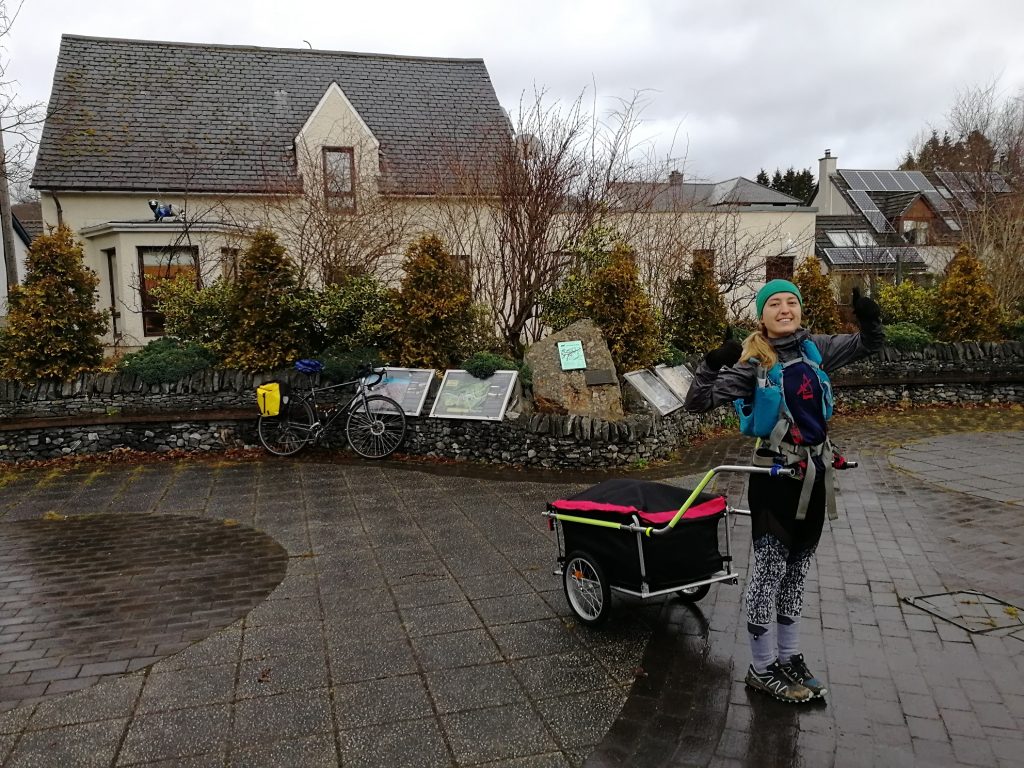
At the moment this blog is posted, I’m supposed to be just over one third of the journey. I’ve set off from Newtonmore on Monday the 6th of January, early in the morning. I’m pulling a two-wheeled cart, carrying my tent, sleeping bags, stove & freeze-dried food, snacks, a reindeer skin to keep warm at night, and lots of first aid stuff and other needs. I’m staying at a couple of friends’ places (thanks hill runner and blogger Ross Brannigan (@up_to_summit), hill runner Adrian Davies (https://www.airbnb.co.uk/rooms/5939626?s=67&shared_item_type=1&virality_entry_point=1&sharer_id=29161035)& reindeer herder Julia Kenneth!) but otherwise I’m camping. My route is 250 miles (roughly 400km) to Newcastle, then I’ll hop on to the ferry, and it will be another 18 miles (roughly 28.5km) to my mother’s house in Amsterdam, where my friends and family will be cheering me towards the finish line.
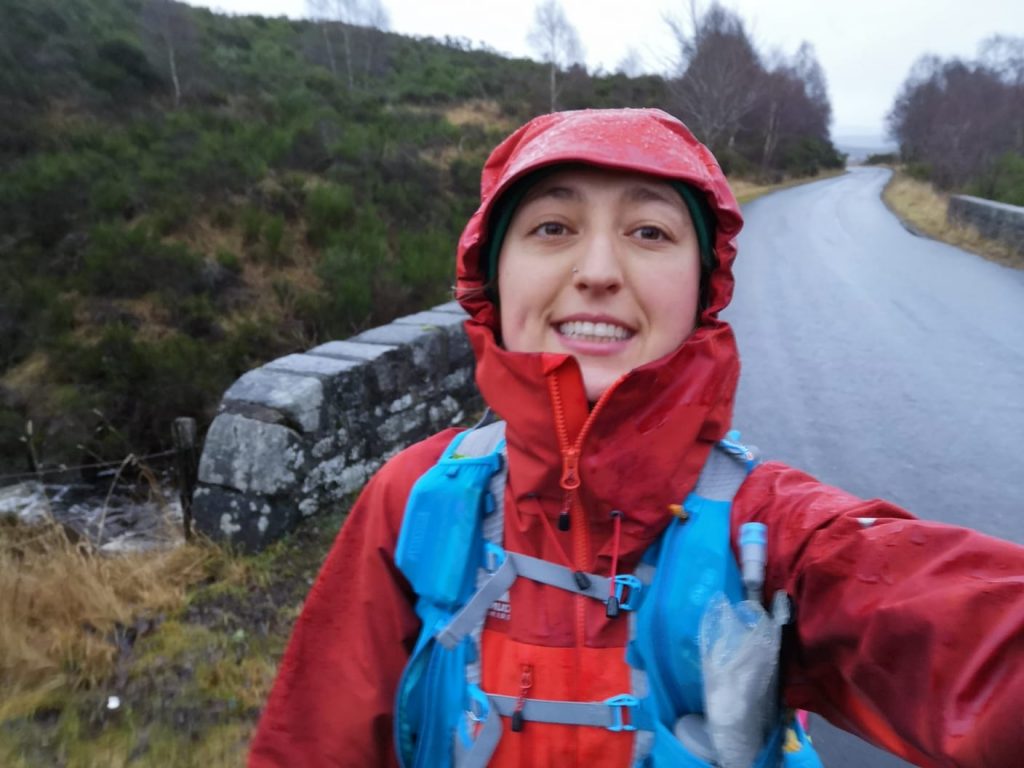
So if you’re reading this it must mean I’m getting on all right, as I gave Chris permission to post it only if I managed to get that far! If this is the case, then I think I can safely say that my change in lifestyle from being a student/academically-minded person to being a reindeer herder in the Scottish mountains and hills has changed my way of running. I now run for the sheer joy of running and for the necessity of getting round (be it chasing reindeer or a self-imposed ban on flying) and no longer for ‘staying fit’ or ‘getting a decent time’. And I love it! But maybe don’t ask me whilst I’m actually on my run, as it’s definitely mostly type 2 fun*.
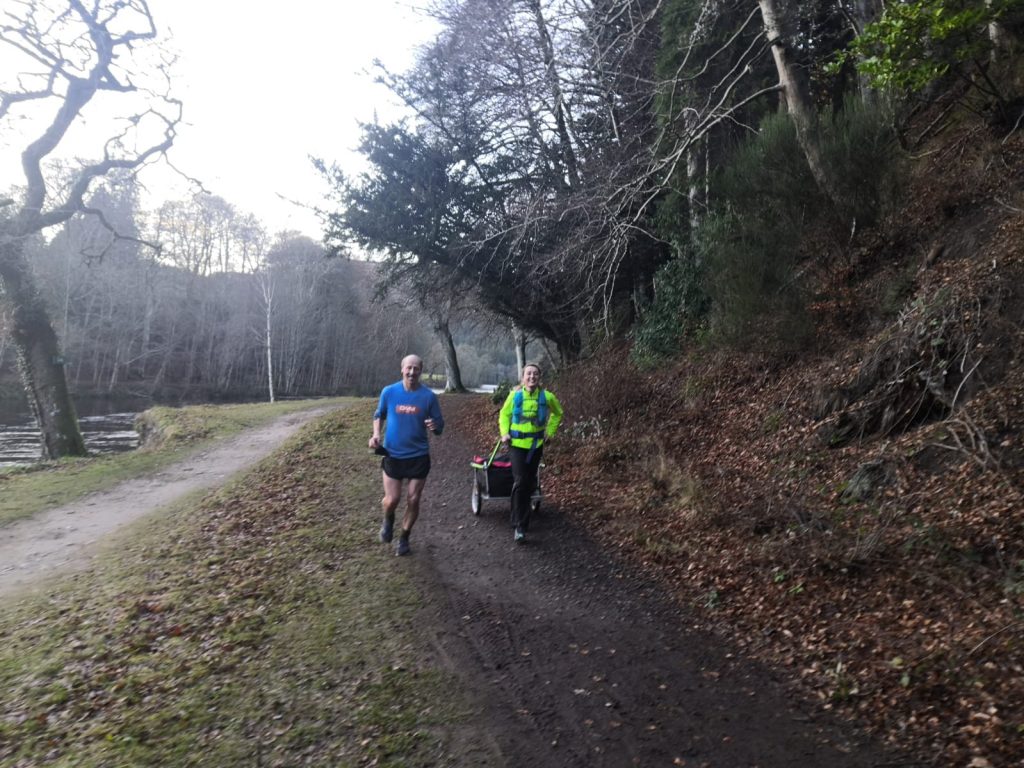
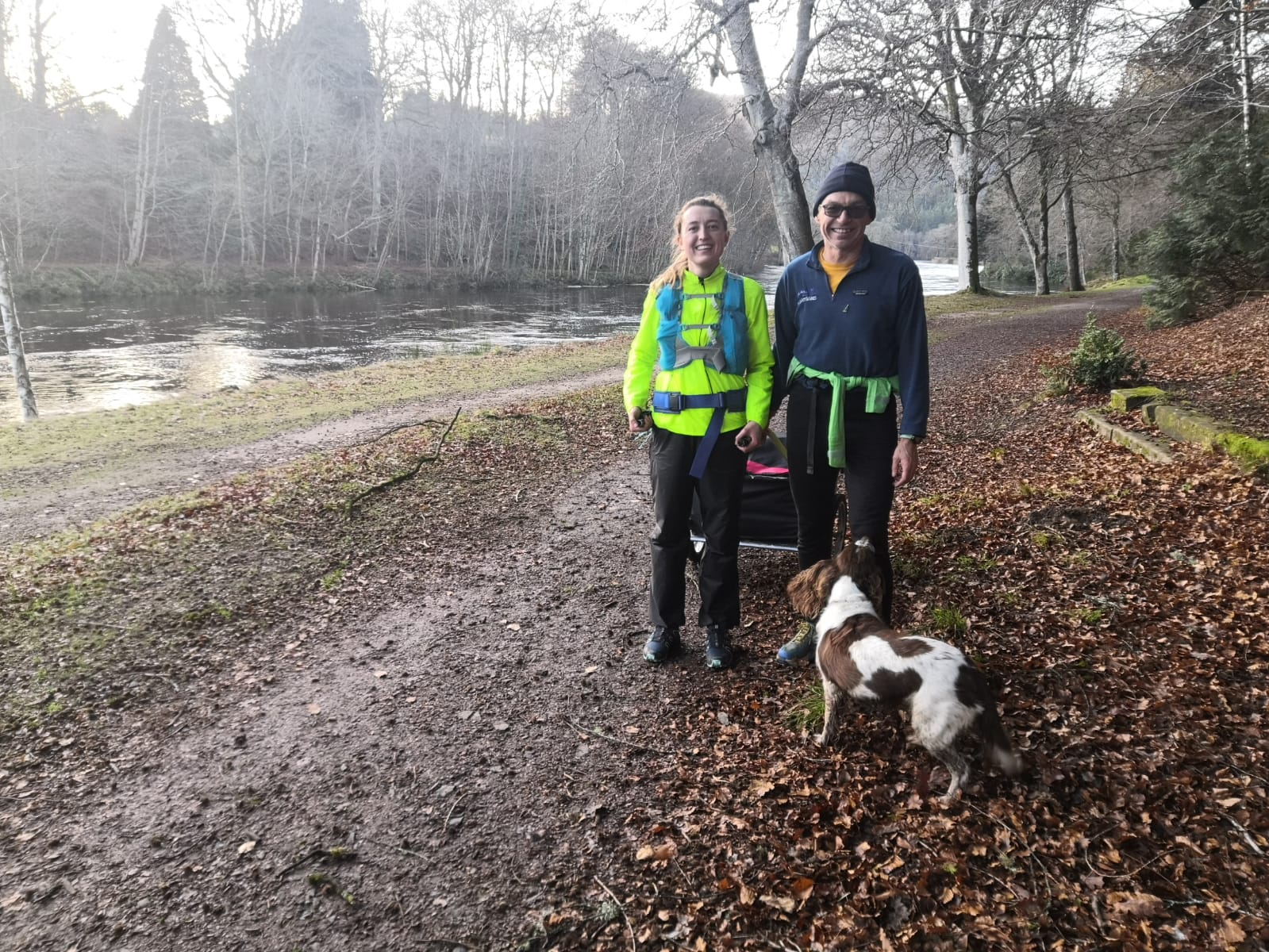
I didn’t want to finish this blog without saying thank you to Chris Shute (Chris’ dad), who helped massively in designing and building the cart, and reindeer herder Chris, without whom my route of choice could have been disastrous, as would the rest of my preparation. And hopefully he will have added some pictures of my journey so far below!
Manouk
* type 2 fun: the type of fun where you’re not enjoying something whilst doing, often wondering what the heck you got yourself into, but a while (could be minutes, hours, days, weeks, or even longer…) after the activity has finished you start thinking back on it and reconsider it as fun. Opposite of ‘type 1 fun’ where you just constantly have fun all the time whilst the activity lasts, and possibly afterwards as well. Example: skiing holiday where you take lifts up and ski down, 100% at all times.
Quick update from Chris plus some photos:
Manouk’s first two days crossing Drumochter Pass were pretty awful weather wise. 40-50mph wind and torrential rain in a big storm left her completely soaked and a tough start indeed. She got the train home on the evening of day 2 from Blair Atholl to dry her kit and tent out (and cook me dinner for my birthday!)
Knee pain slowed her down to a walk for the early part of Day 3 but Alan turned up to pull Manouk’s cart down to Dunkeld for her! They were also joined by friend of the Reindeer Herd Adrian Davies and his dog Jasper and Adrian put Manouk up in his B&B for the night.
One of the wheels on the cart was struggling even more than Manouk’s knee so on Day 4 Manouk was planning on getting it looked at in a bike shop whilst passing Perth. Hopefully it will hold up to allow her to make it all the way to Newcastle
Brief update this morning on Day 5: Cart has new bearings in the wheels and Manouk’s knee is holding up.

